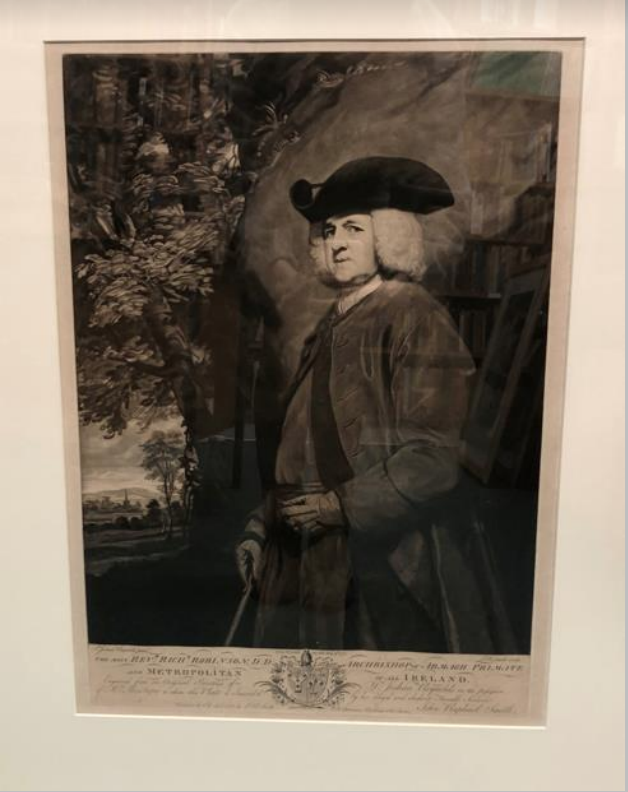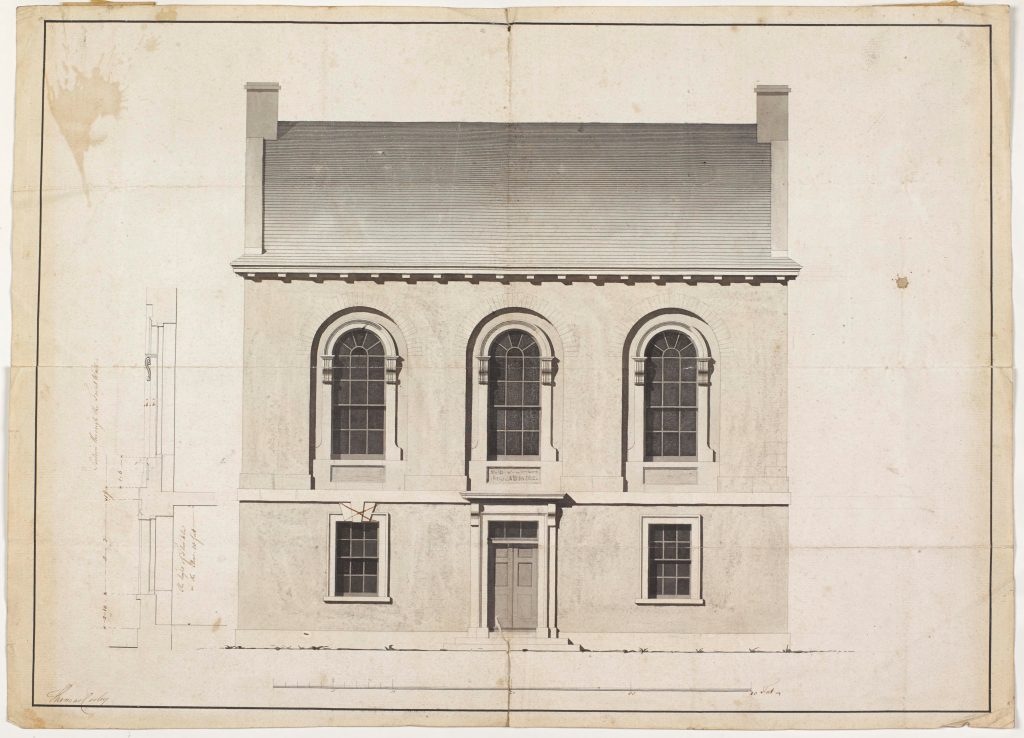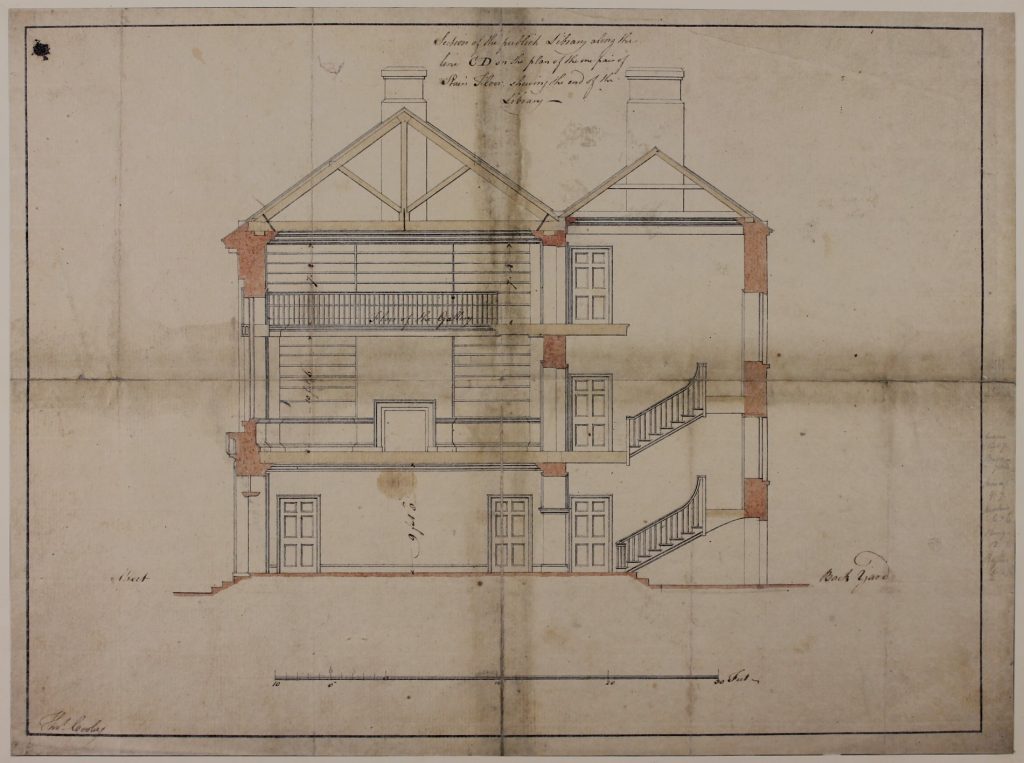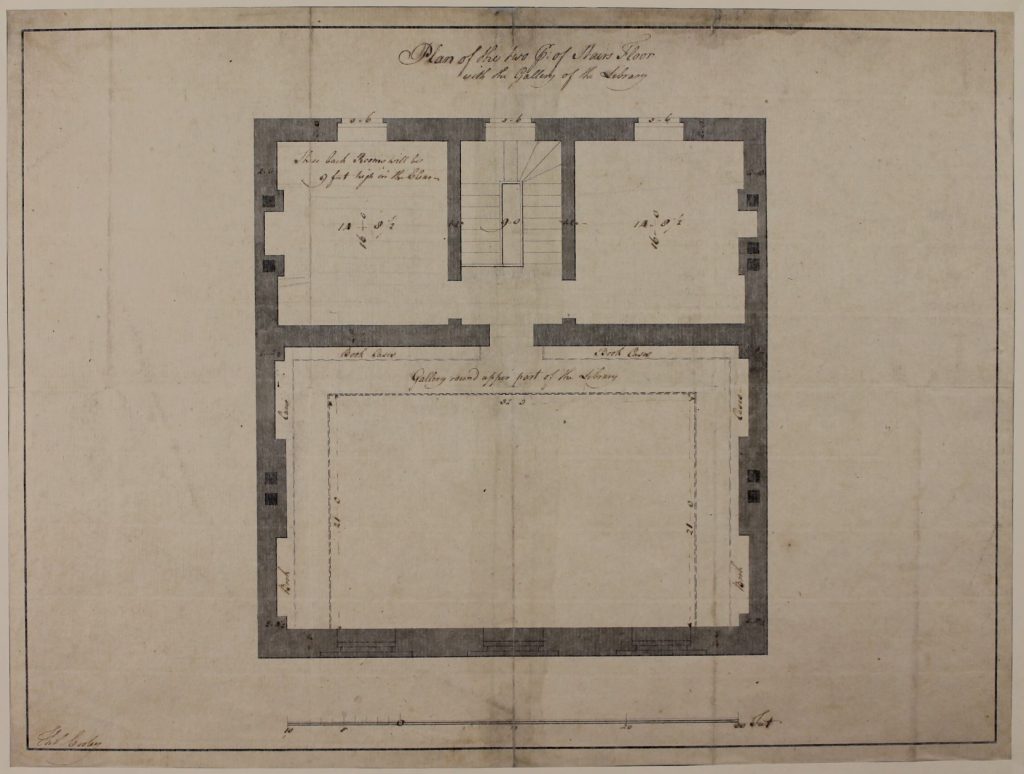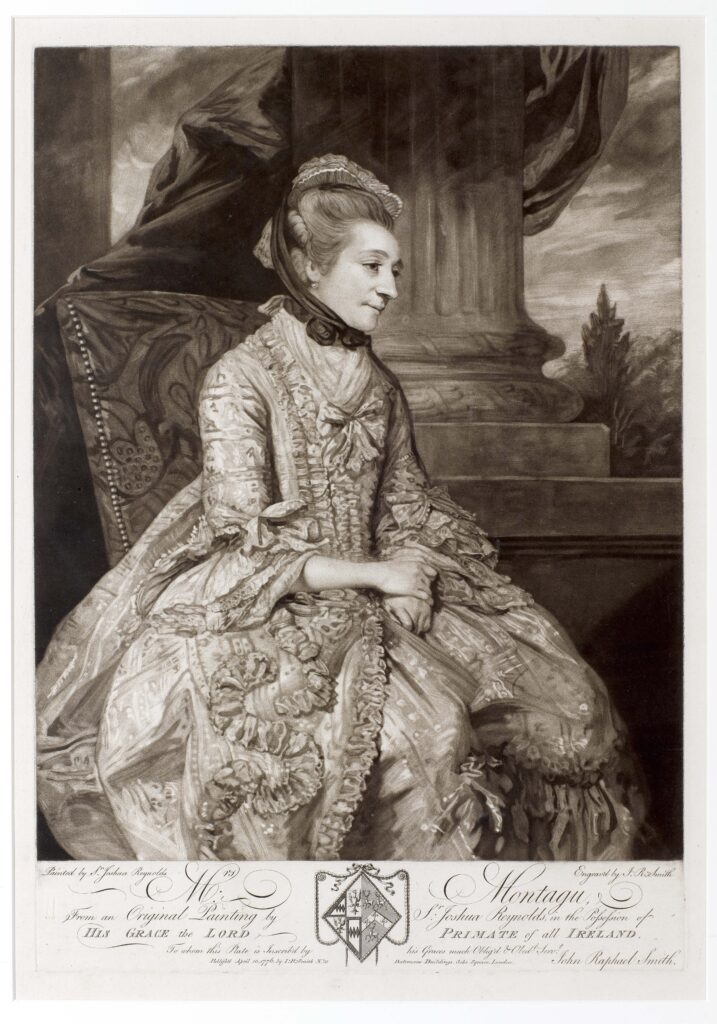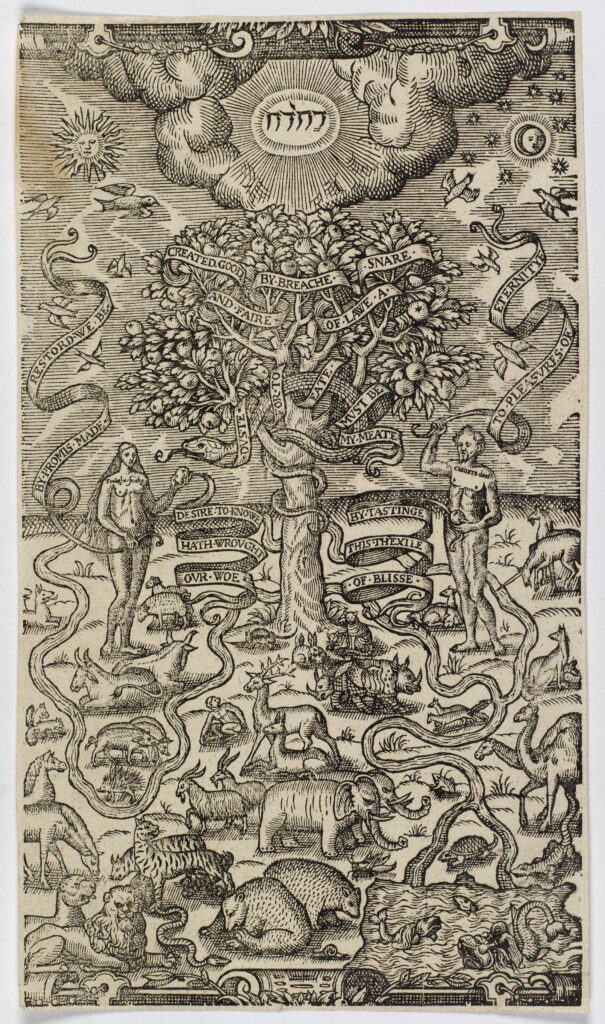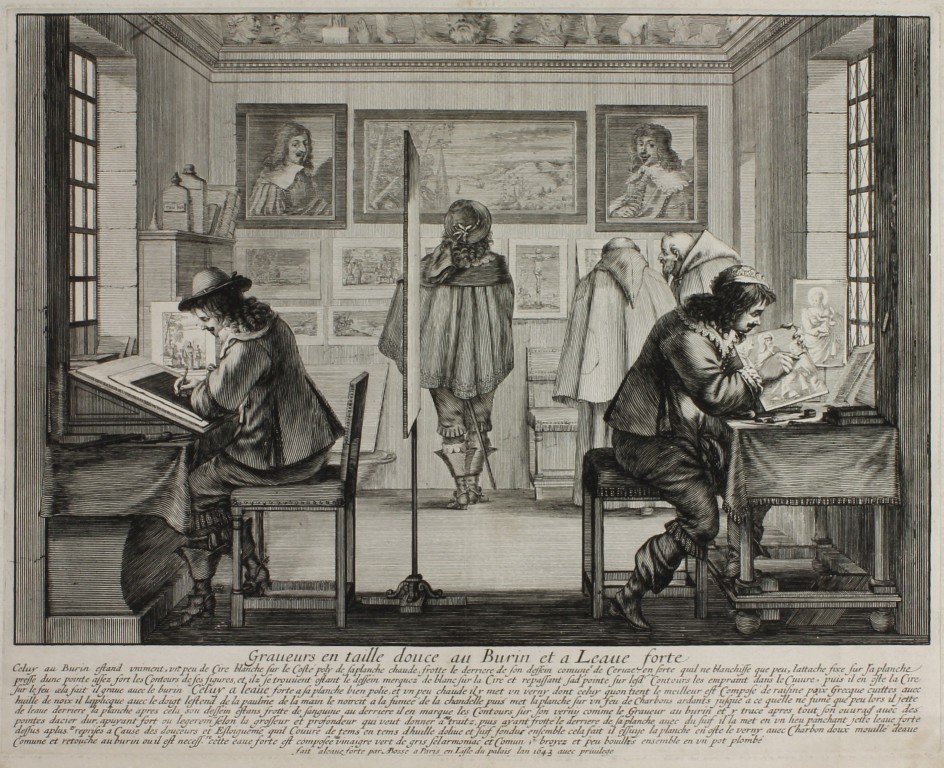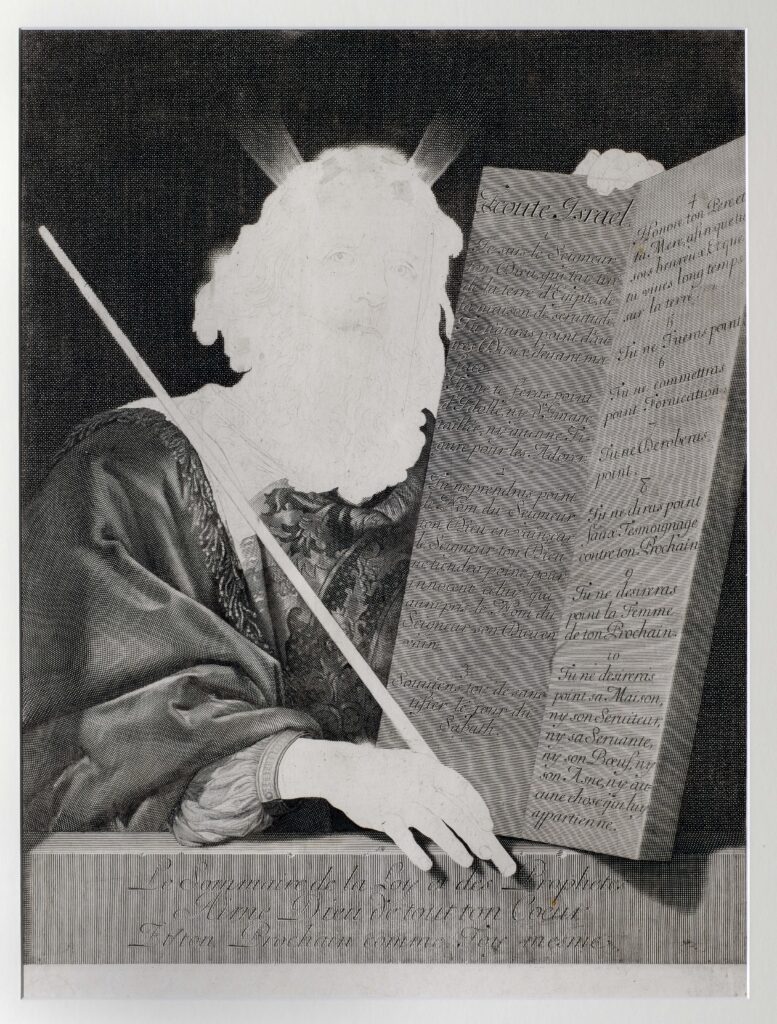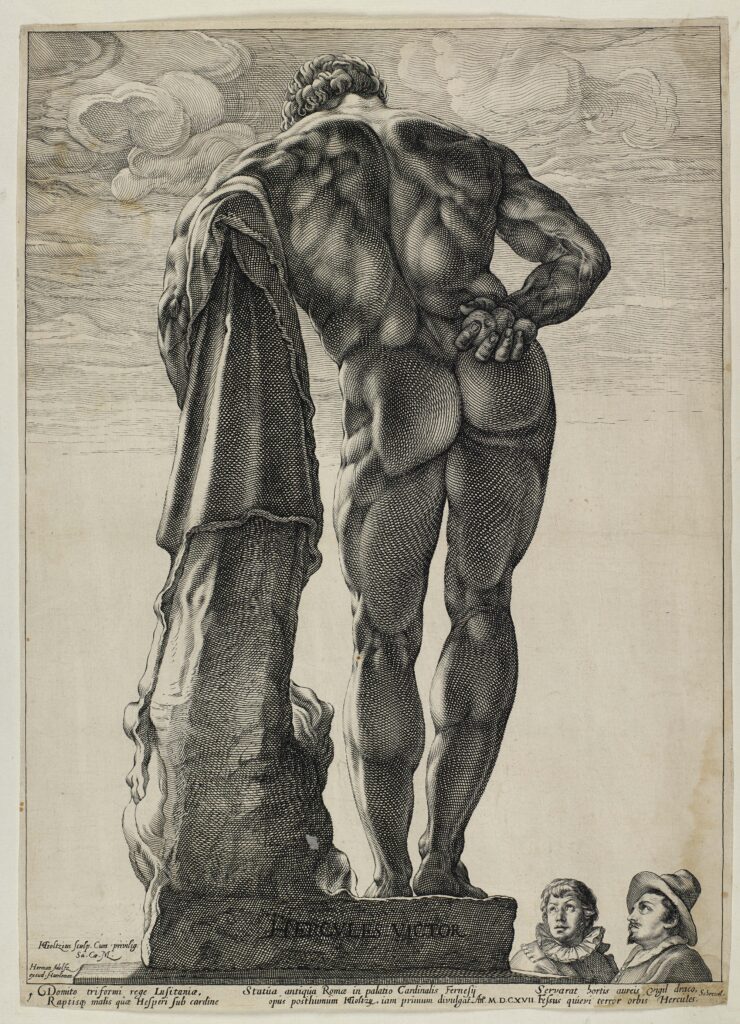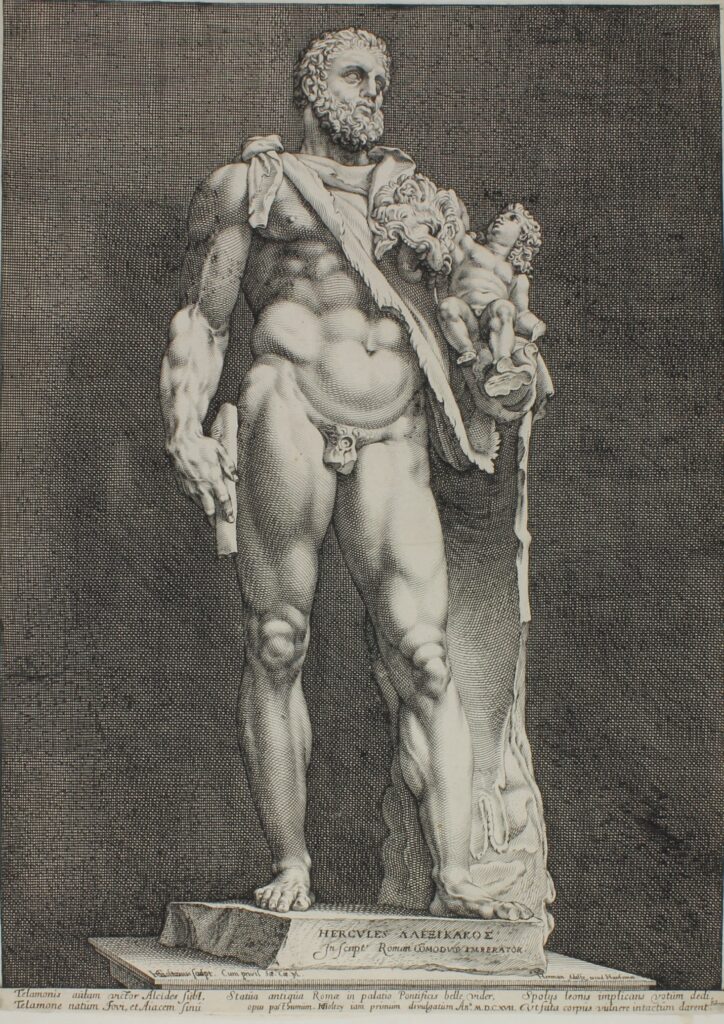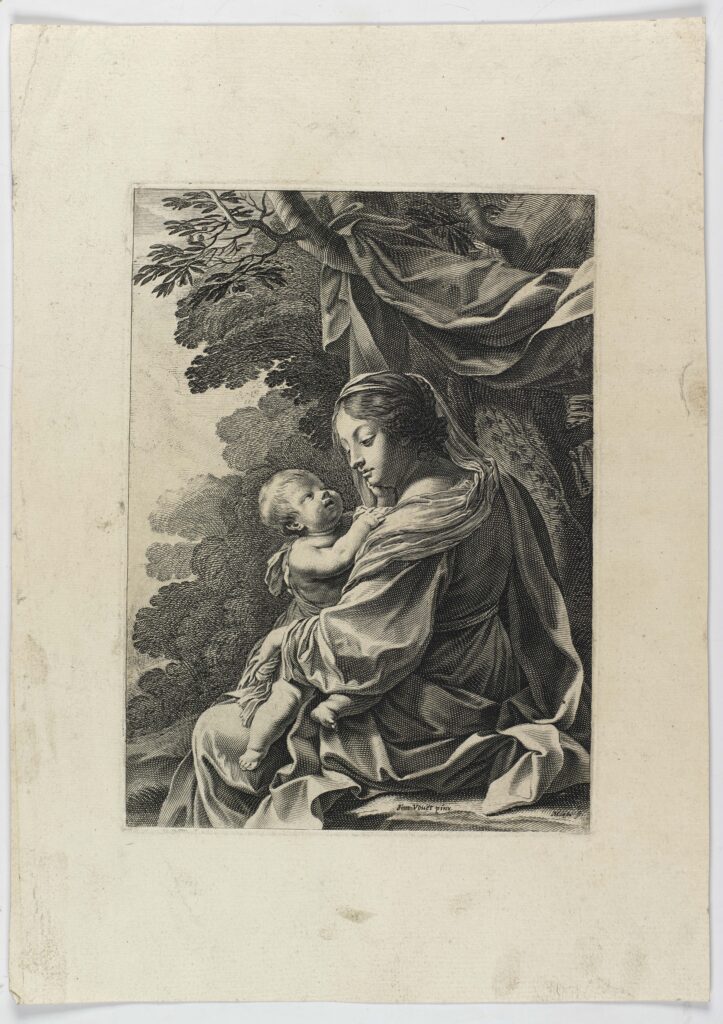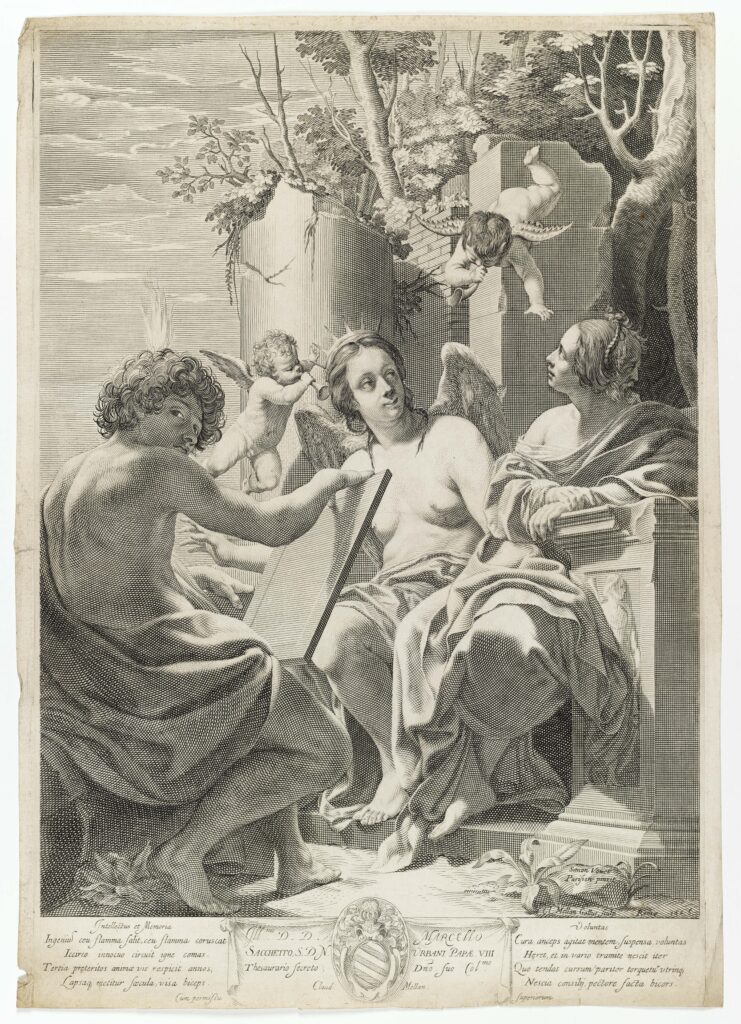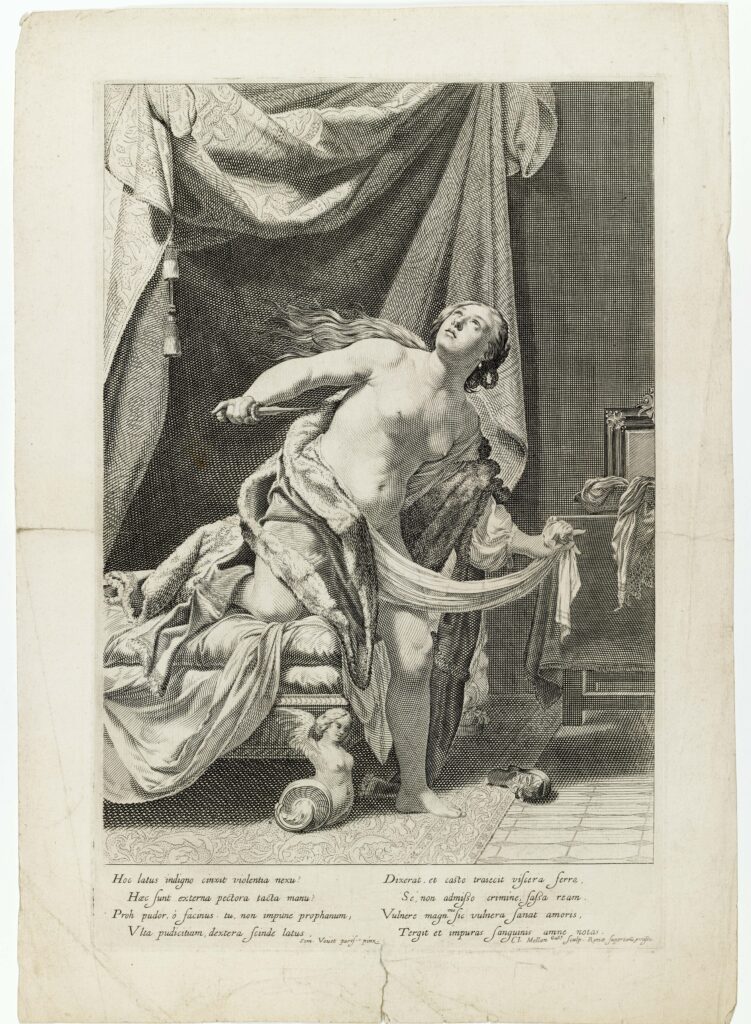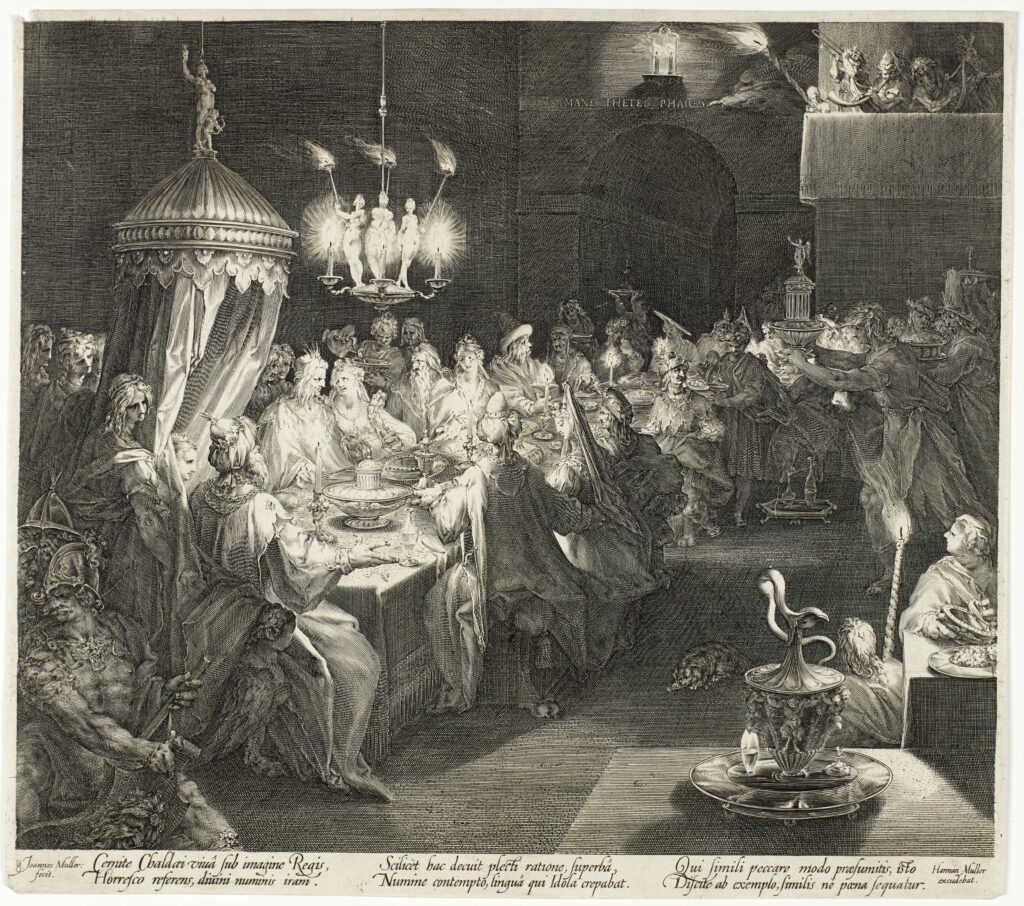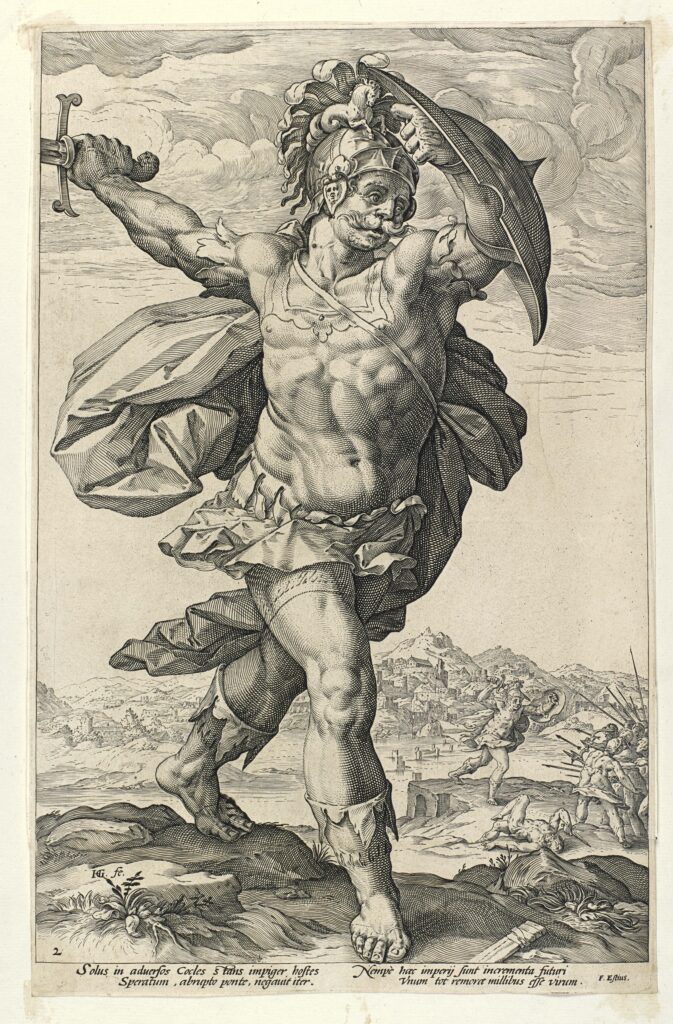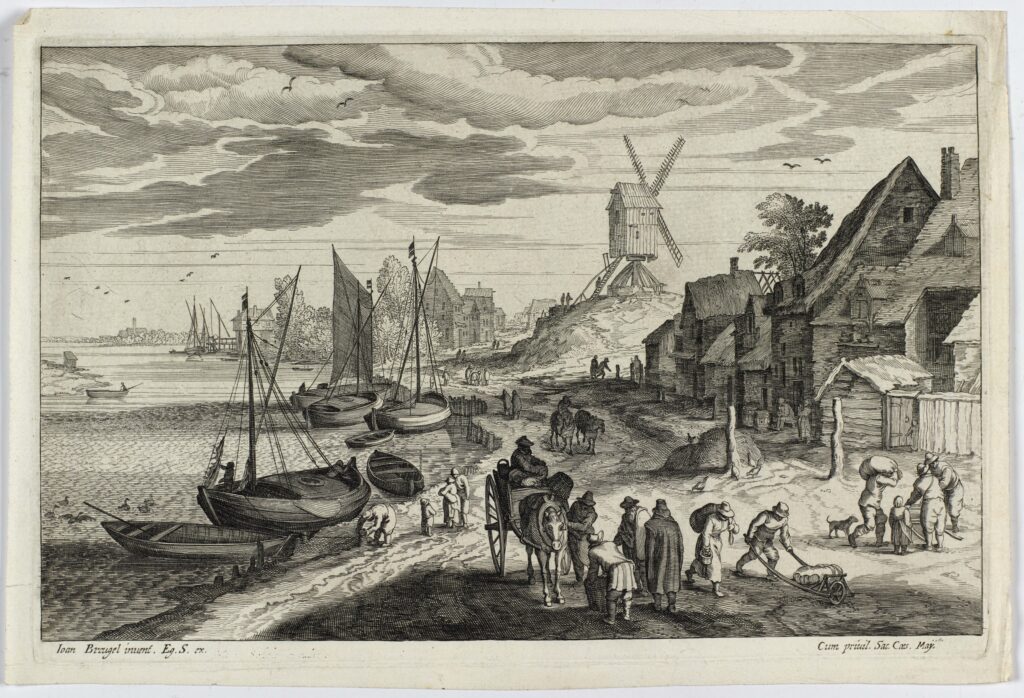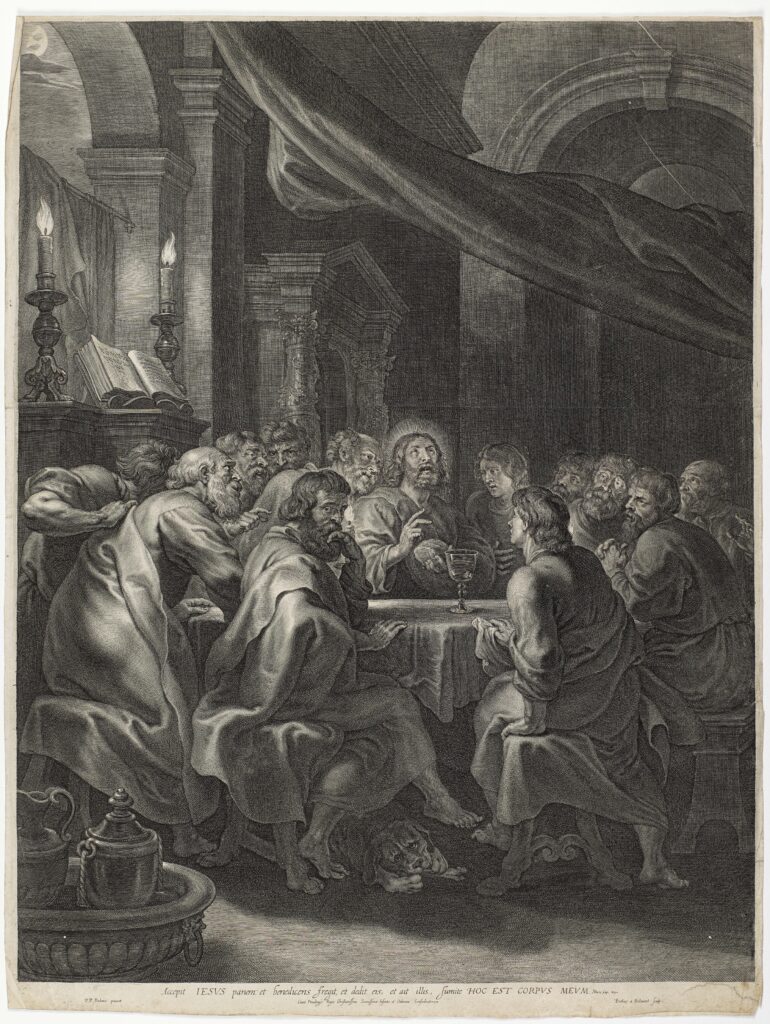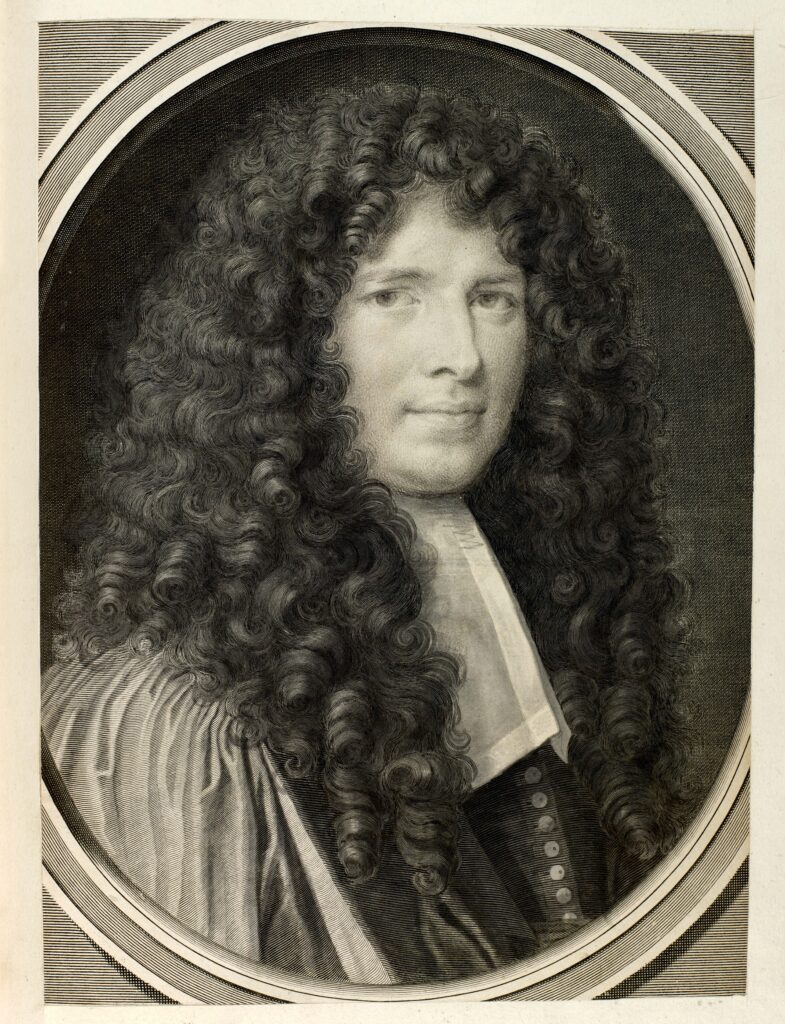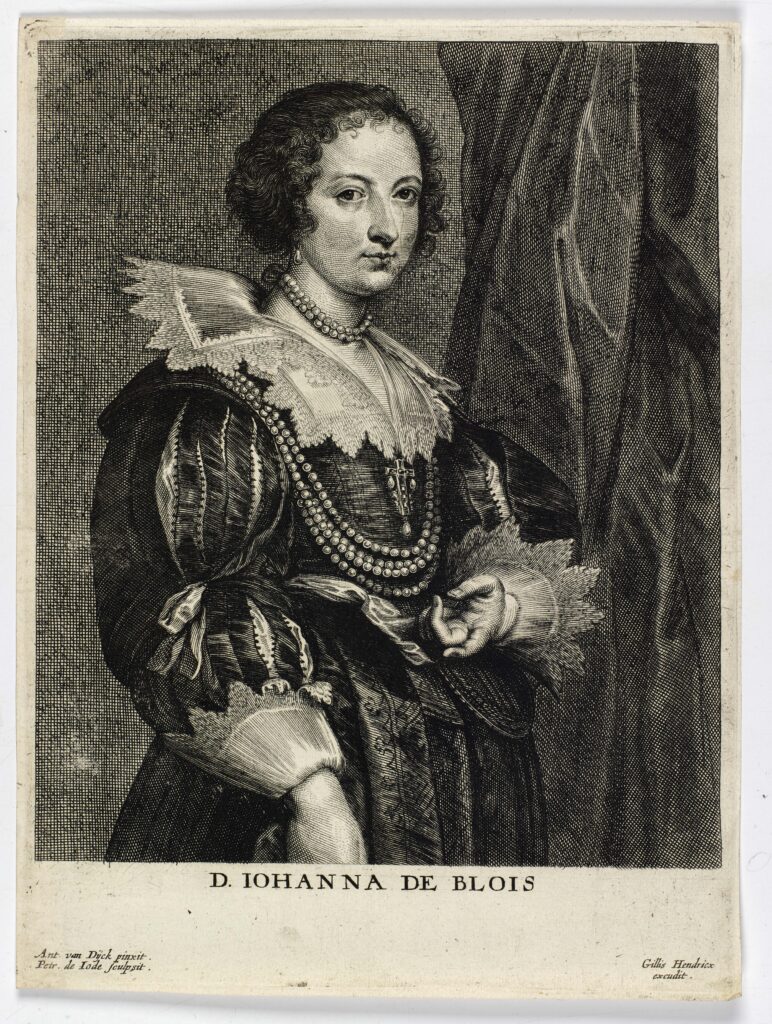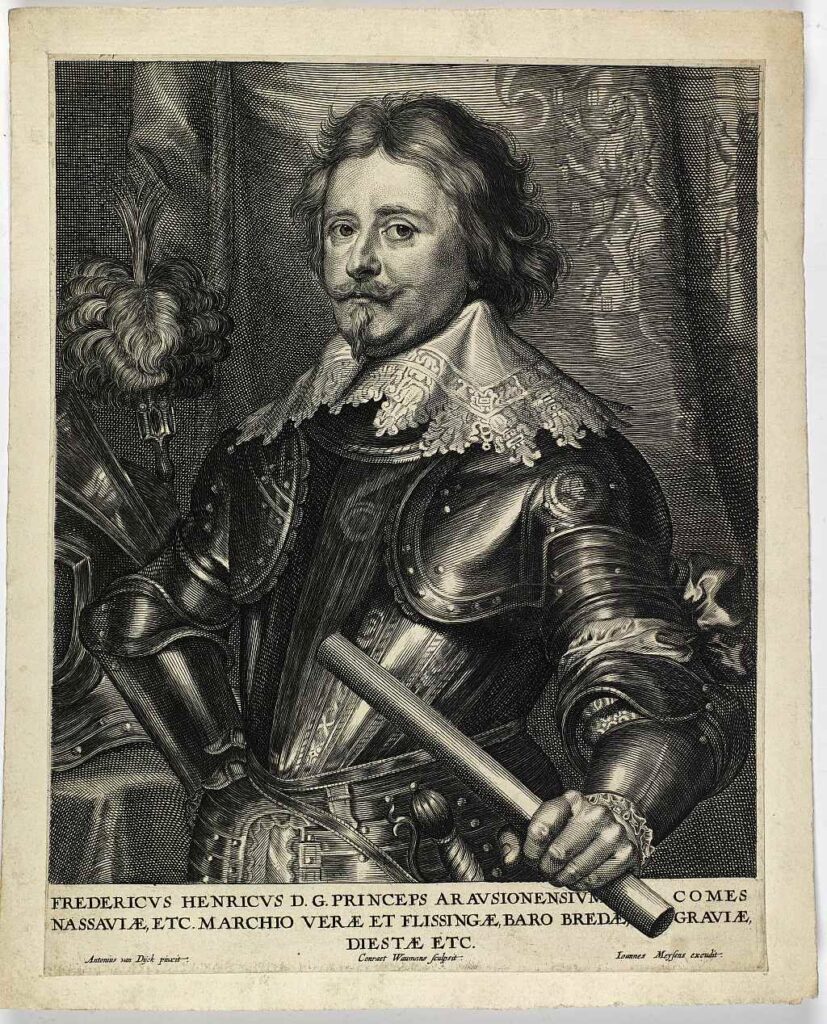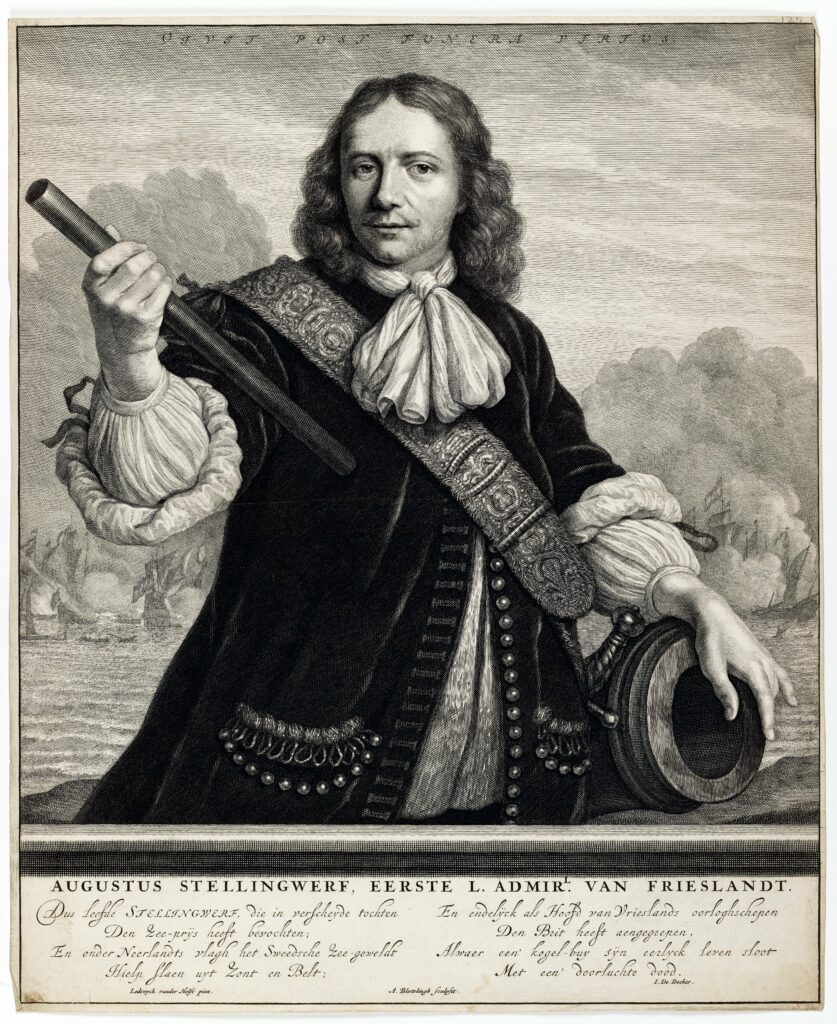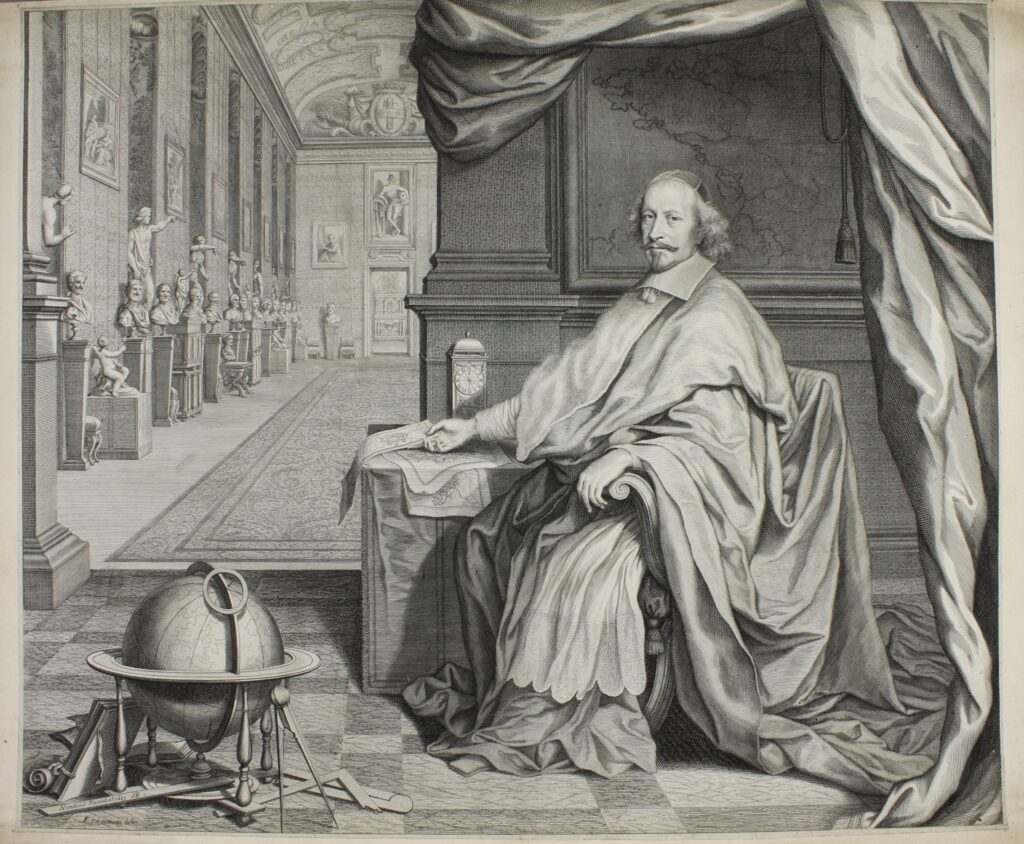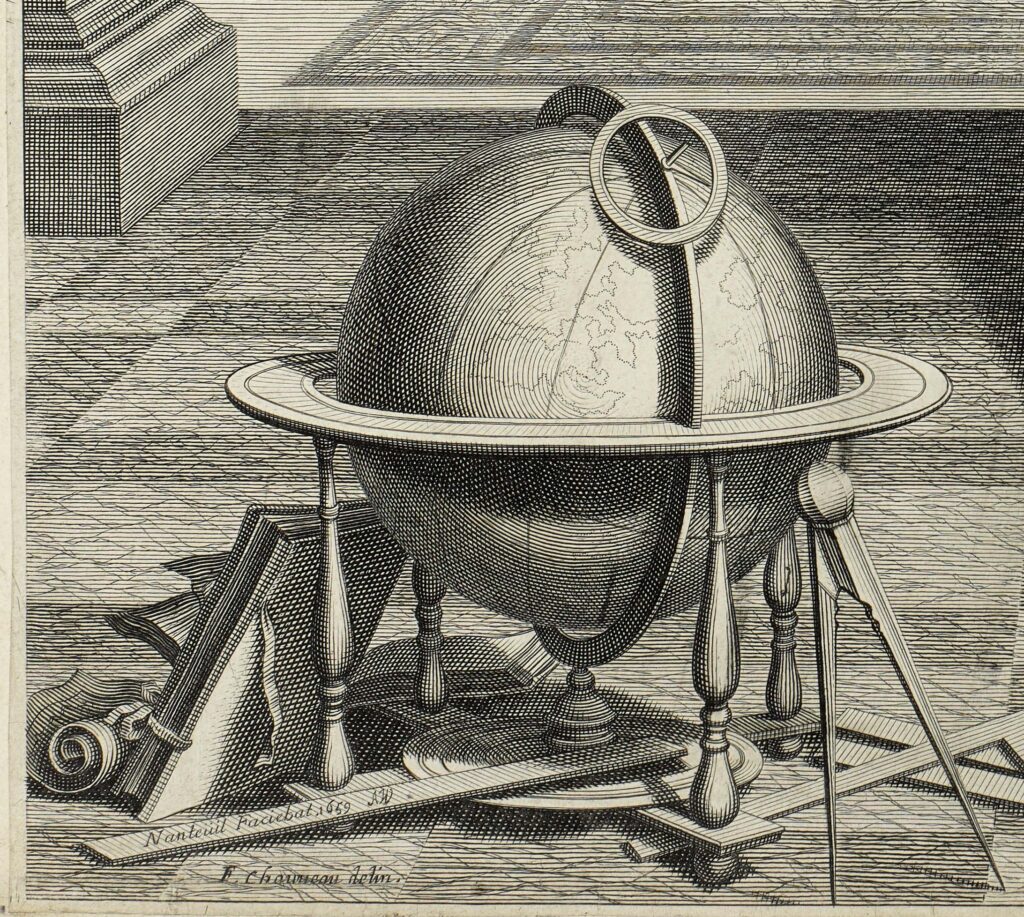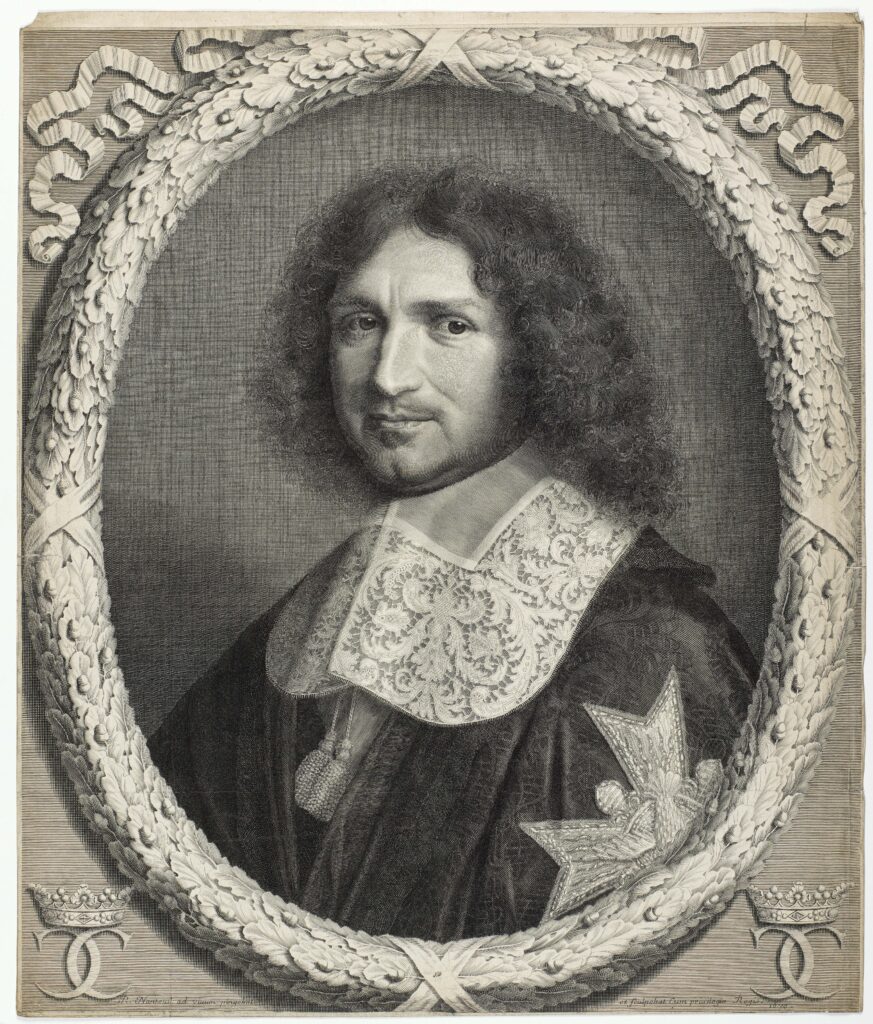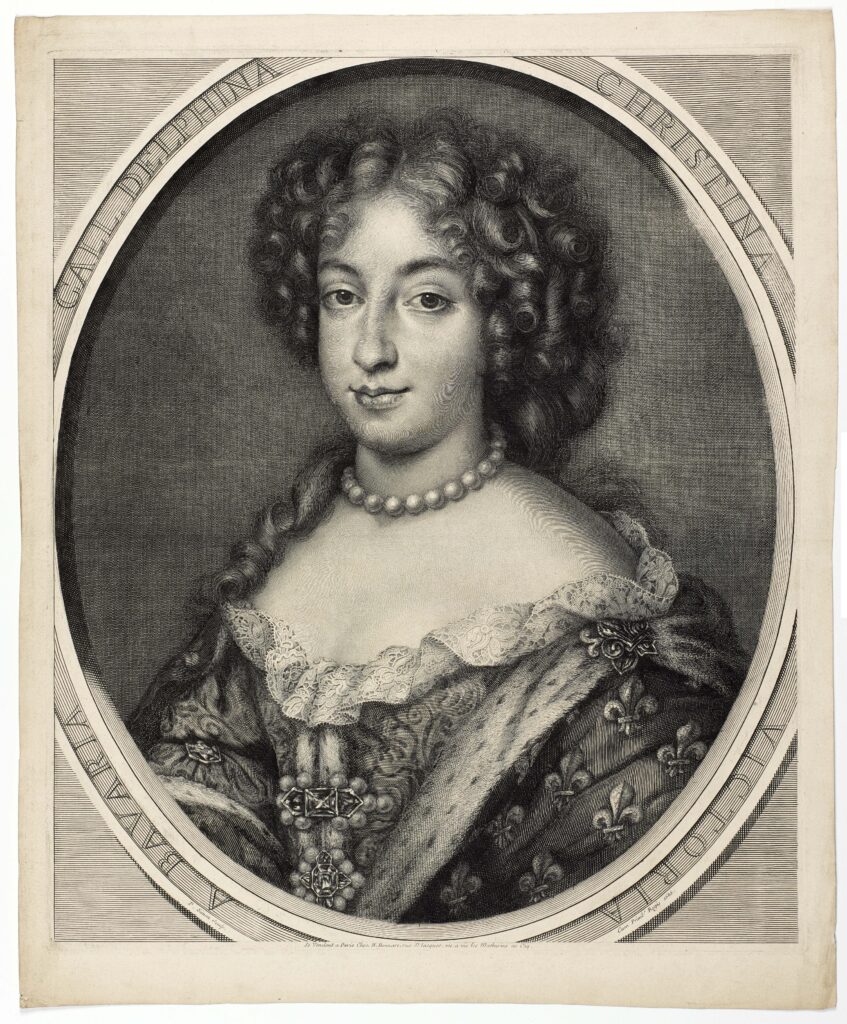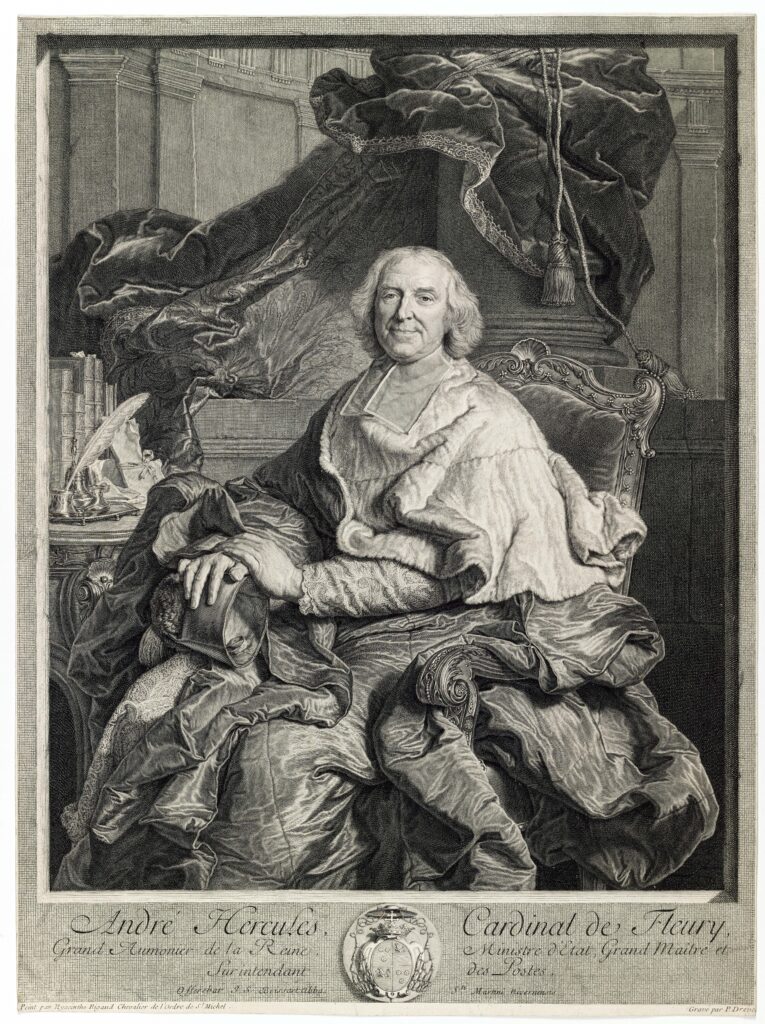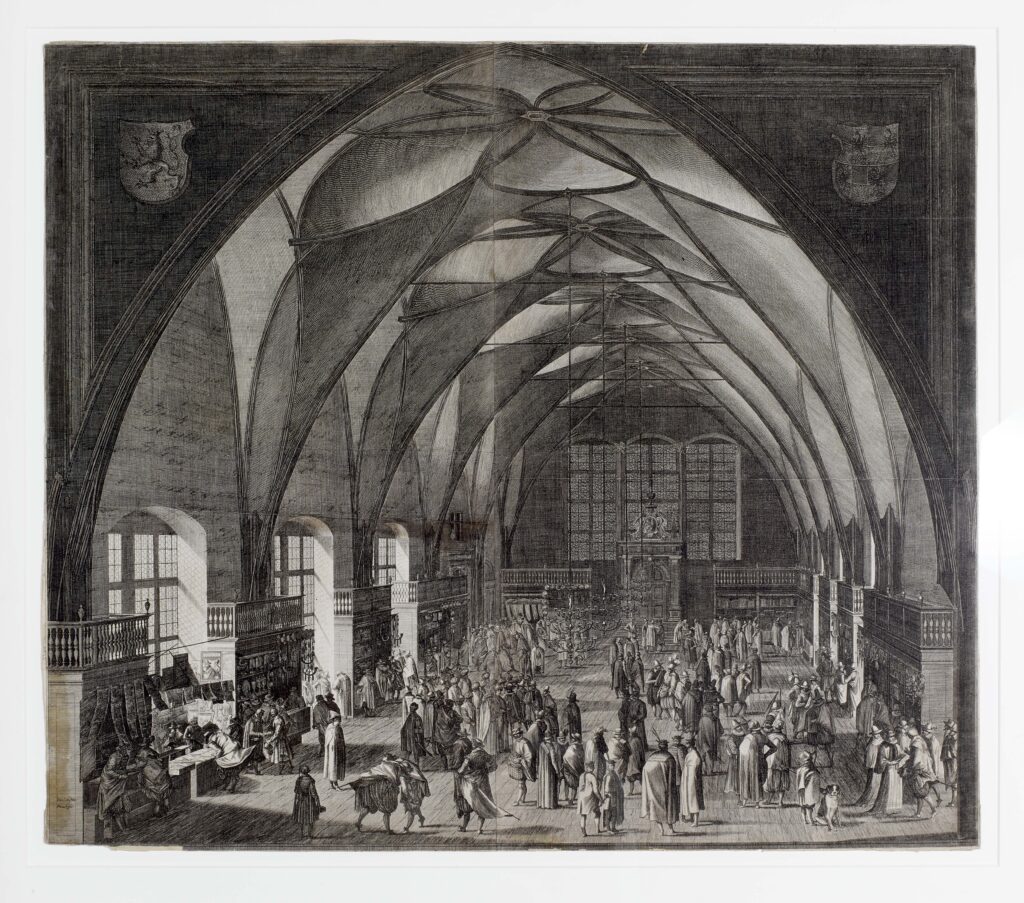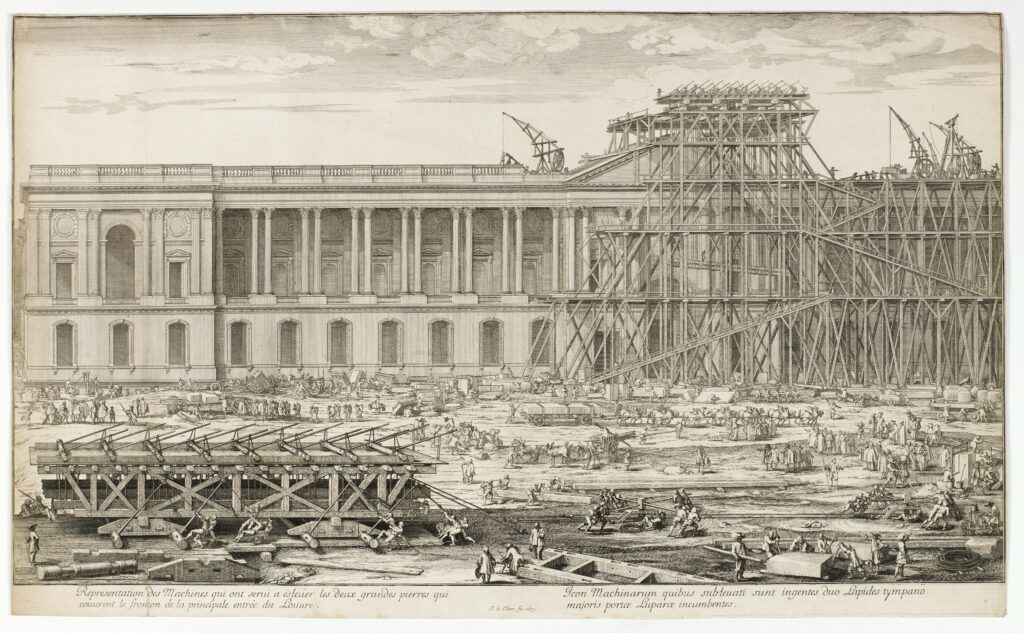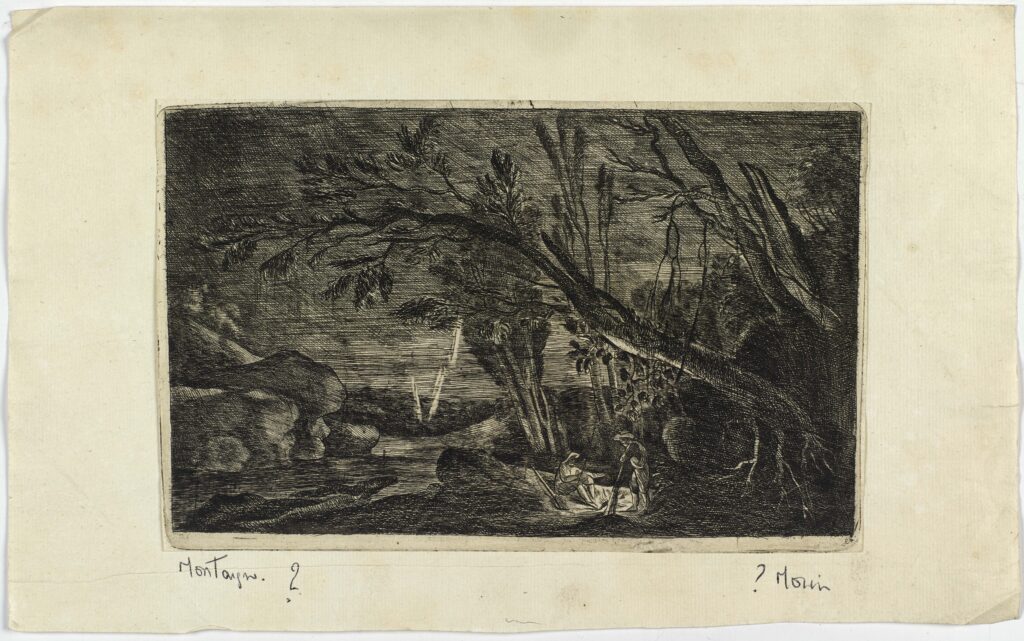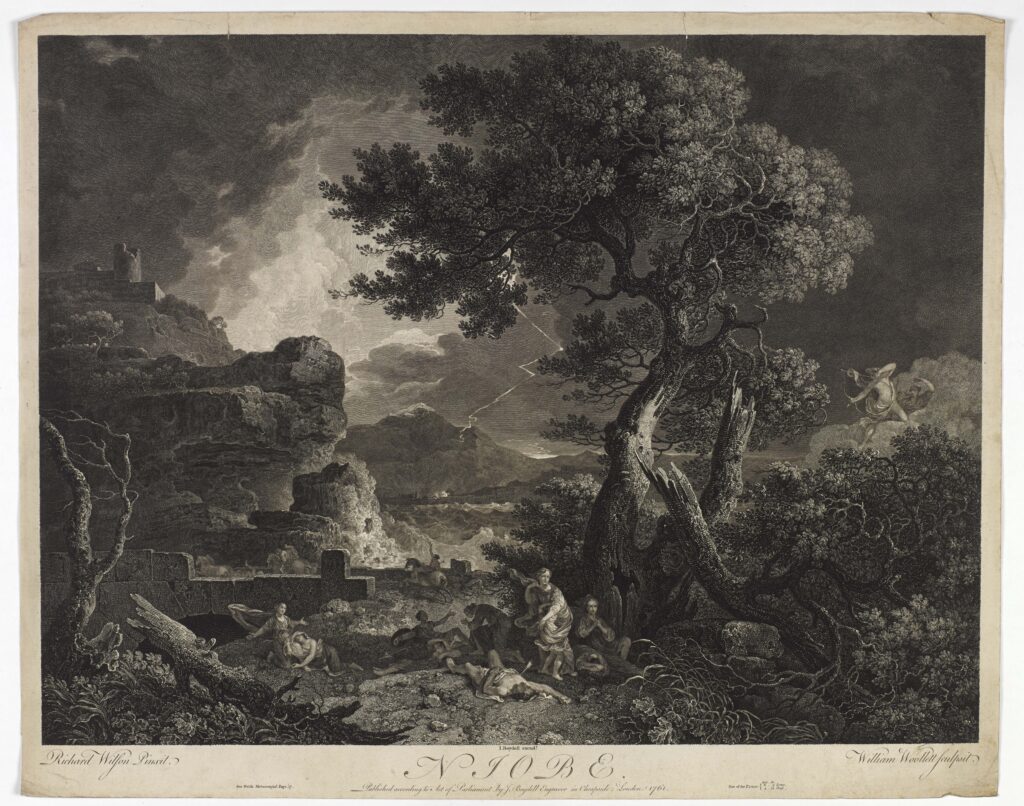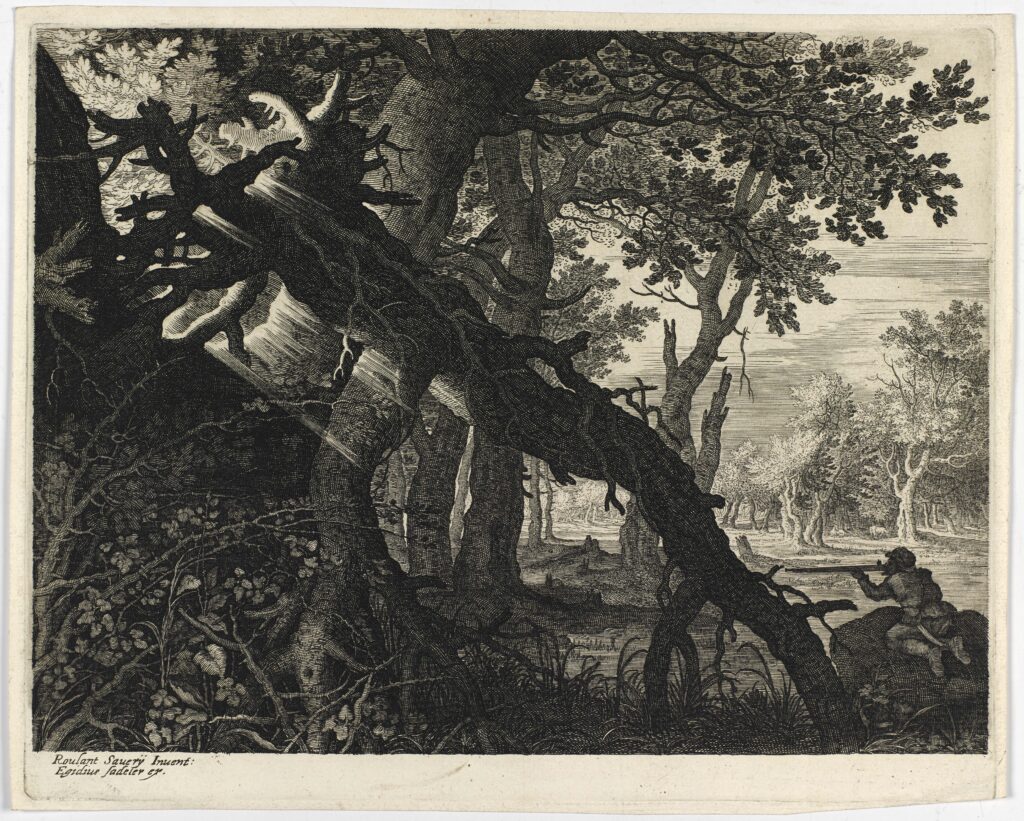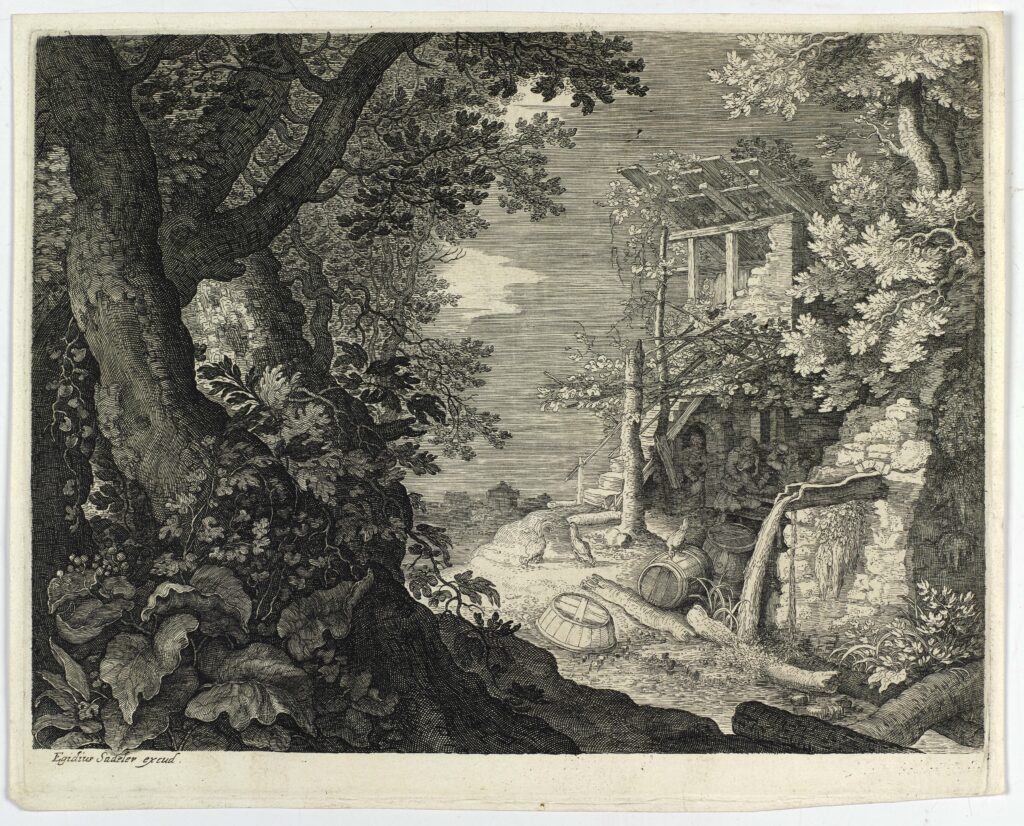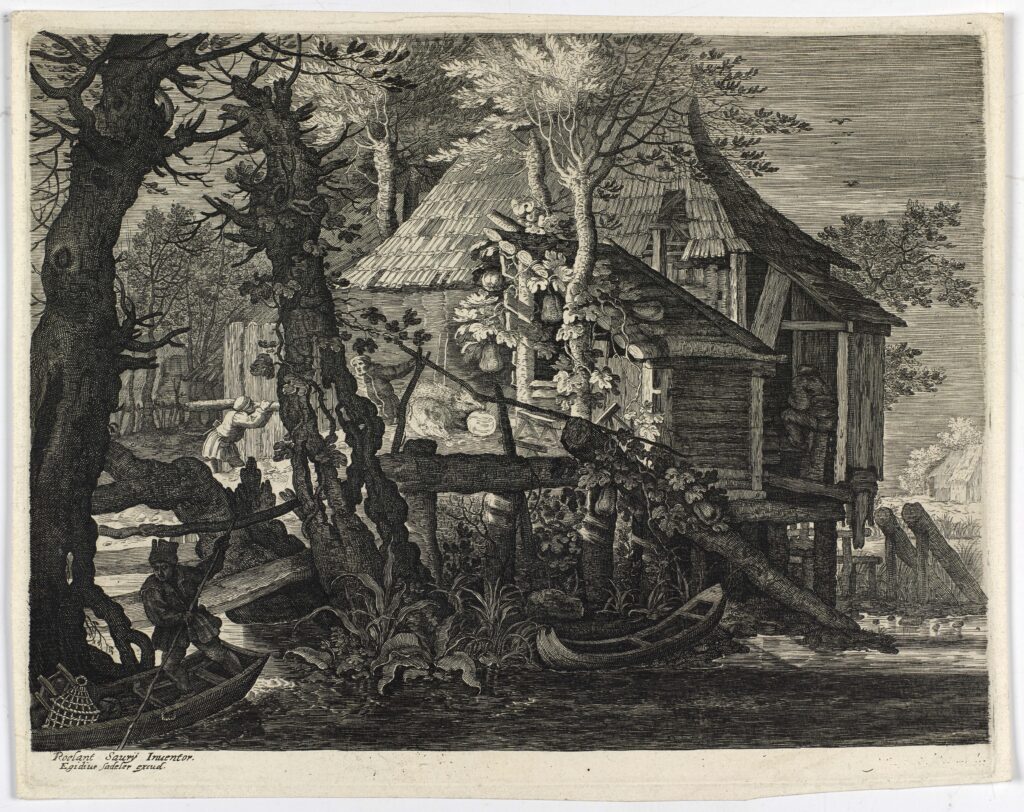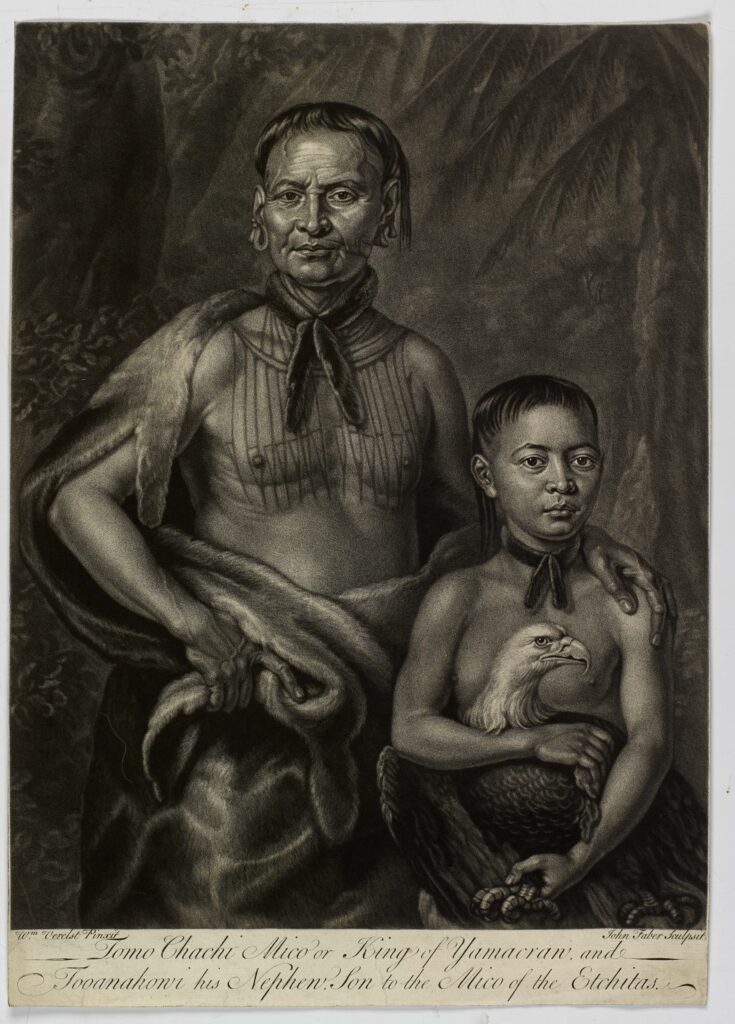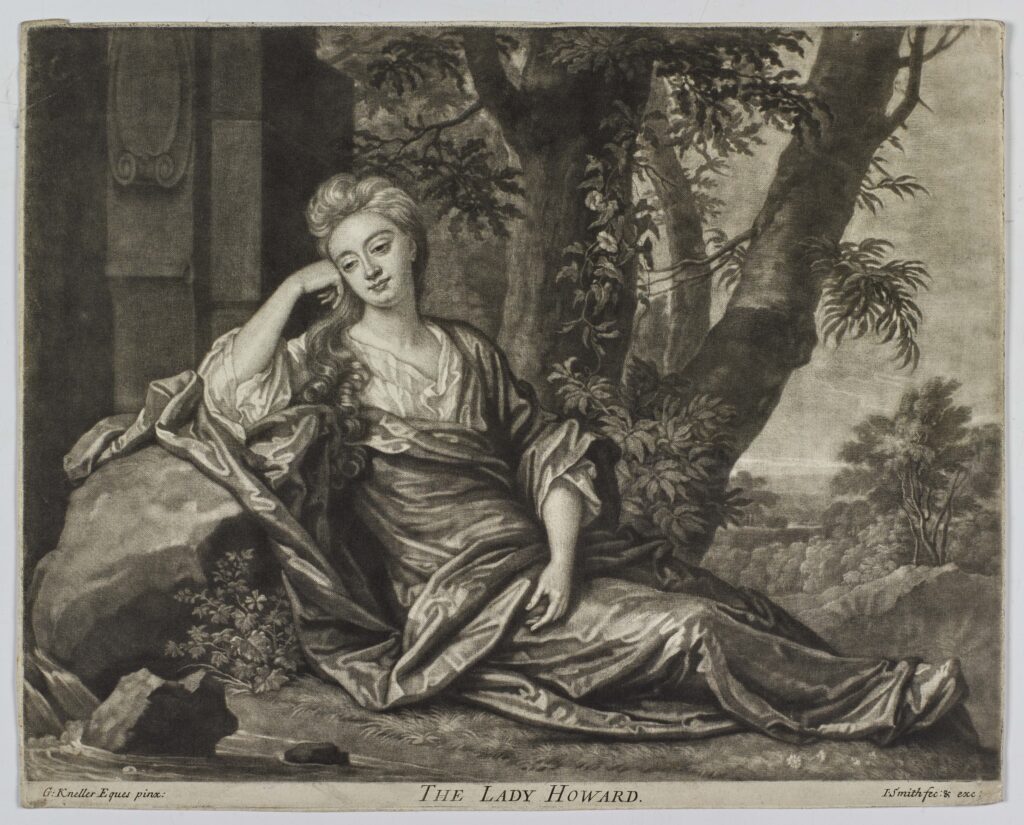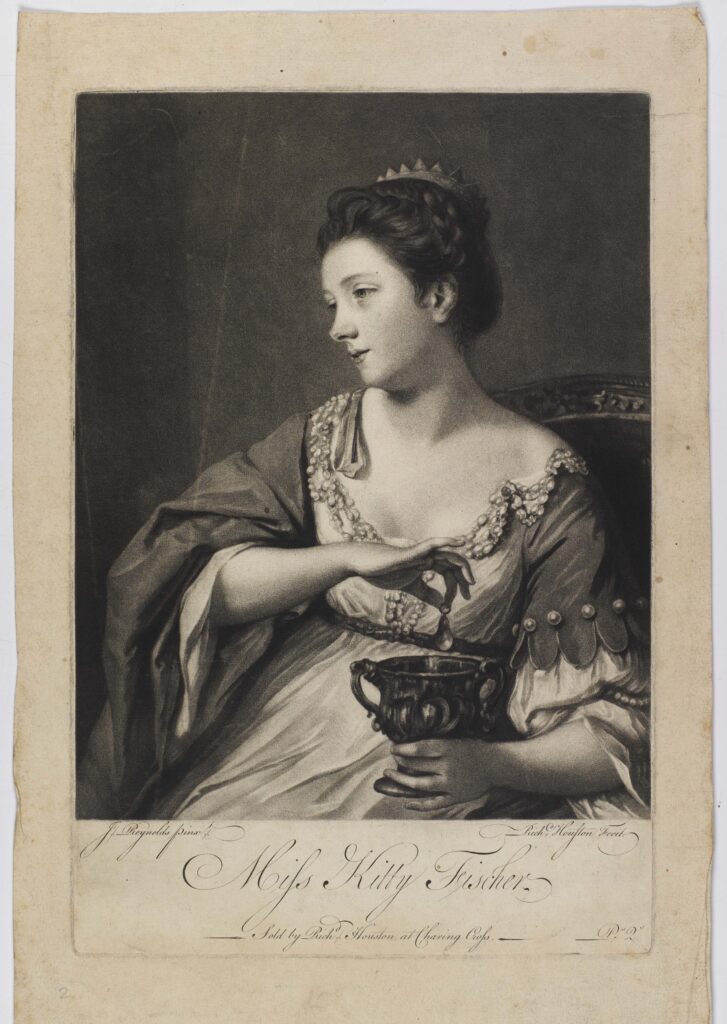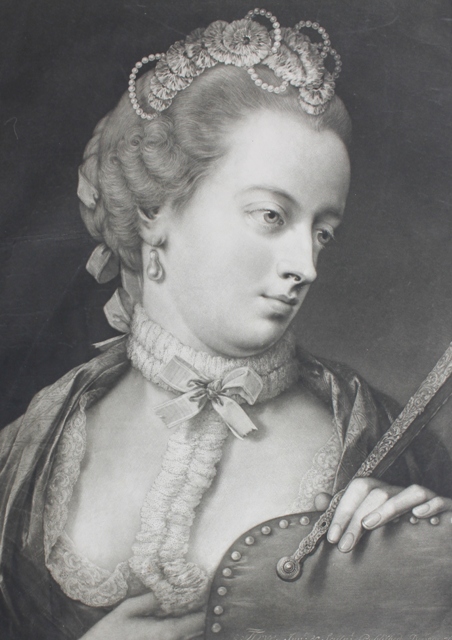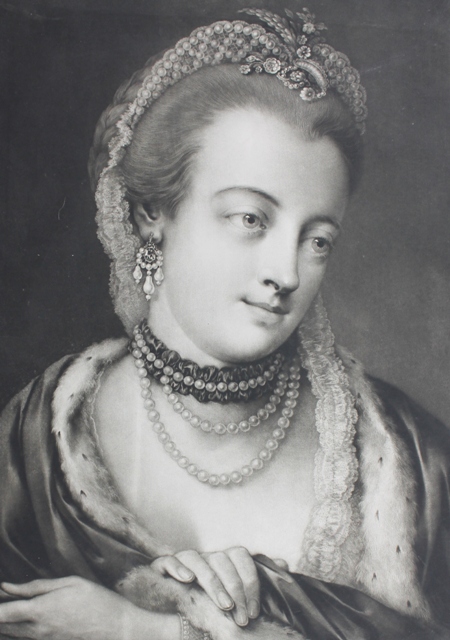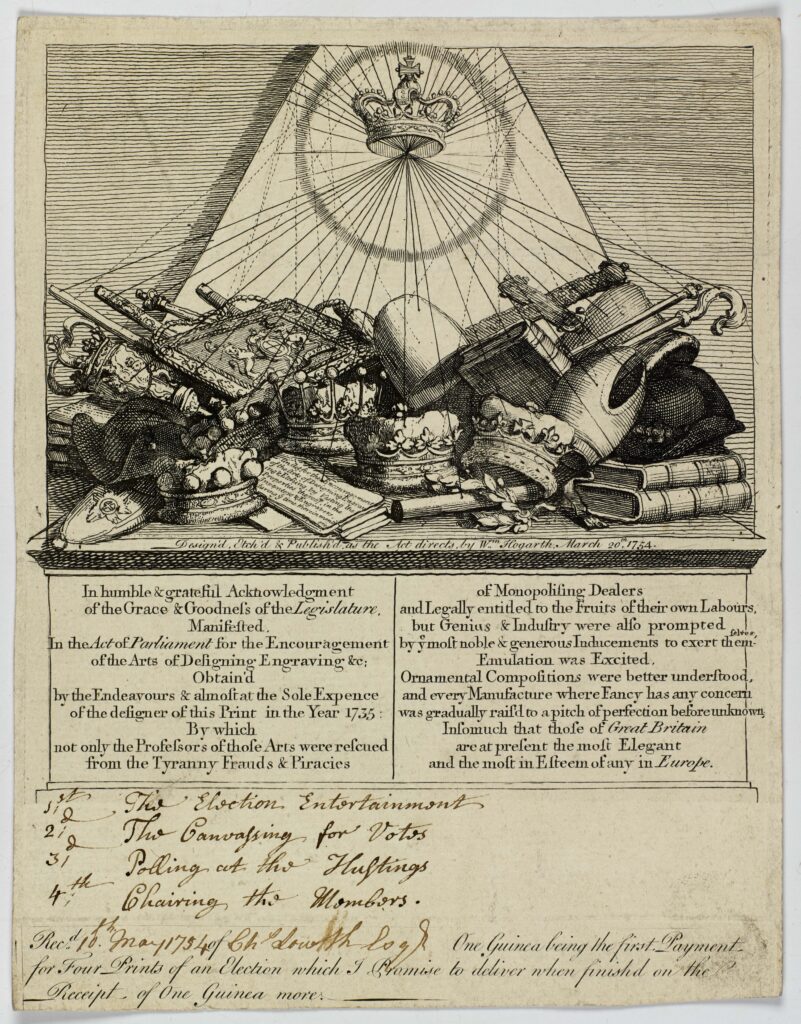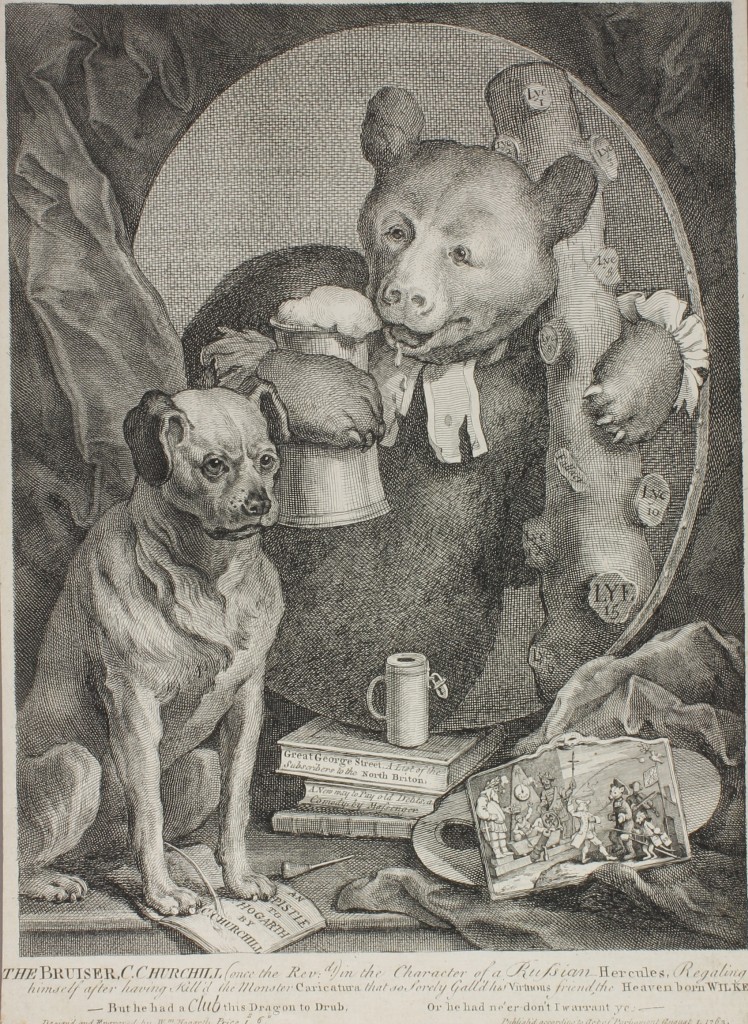Introduction
The Rokeby Collection at Armagh Robinson Library is one of the great art collections in Northern Ireland.
The collection was left to the Library by, and named after its founder Archbishop Richard Robinson, first Baron Rokeby of Armagh (1708- 1794).
It is an extremely rare example of an intact eighteenth-century print collection and contains over 4,400 prints, including masterpieces of printmaking produced across Europe between the sixteenth and eighteenth centuries.
Archbishop Robinson & Armagh Public Library
Armagh Public Library was at the heart of Archbishop Robinson’s intention to found a university in the city. Although this plan never came to fruition, Robinson’s library can still be seen as a reflection of eighteenth-century educational ideals: books on science, history, law, politics, theology and travel line the walls.
The print collection would have formed an important part of this ‘curriculum’ and offered visitors the opportunity to engage with masterpieces from the art of printmaking.
What makes Robinson’s collection unique was its truly public nature. Unlike many eighteenth-century libraries and print collections, there was no need to make an appointment in advance and receive approval. Its doors were open to all.
To this day, the Rokeby Print Collection continues to benefit the community of Armagh and attract visitors from around the world.
Library founder Richard Robinson was an enthusiastic collector of portrait prints himself, and would have been aware that these artworks could advance a sitter’s fame and position.
As proof of his good taste, Robinson asked the celebrated mezzotinters Richard Houston and John Raphael Smith to produce printed versions of his portraits painted by Joshua Reynolds.
This first print, created shortly before his election as Archbishop of Armagh, presents Robinson as a learned cleric.
Portrait of Richard Robinson as Bishop of Kildare Richard Houston after Joshua Reynolds 1764-1775 Mezzotint P001903933
The second portrait print commissioned by Archbishop Robinson, created two years before he became a baron, shows him as a distinguished landed gentleman.
In each of his portraits, Robinson depicted himself in the roles he was aspiring towards: firstly a high-ranking cleric, secondly as a wealthy landowner.
Portrait of Richard Robinson as Archbishop of Armagh John Raphael Smith after Joshua Reynolds 1775 Mezzotint P001907790
Armagh Robinson Library, formerly known as Armagh Public Library, is fortunate to still have the original architectural drawings for the Library, annotated by the architect Thomas Cooley.
These drawings were presented to Archbishop Robinson for approval and reveal his close involvement in the building’s design.
Architectural drawings of Armagh Public Library Thomas Cooley 1770 P002018248
Archbishop Robinson kept regular correspondence with his cousin Elizabeth Montagu and their letters offer an insight into Robinson’s everyday life.
Montagu was an important figure within eighteenth-century London: she co-founded the Blue Stockings Society, which championed women’s participation in intellectual life, literature and the arts.
Her soirees were well-attended by artists such as Joshua Reynolds and Angelica Kauffman, whom she likely introduced to Archbishop Robinson. These connections were valuable: Robinson later commissioned portraits from both of the painters.
Portrait of Elizabeth Montagu John Raphael Smith after Joshua Reynolds 1766 Mezzotint P001907960
Materials and Techniques
The Rokeby Collection comprises of prints produced through a variety of different techniques, such as woodcut, etching, engraving and mezzotint.
The eighteenth-century saw a great boom in English print collecting and the development of a culture in which prints were bought, traded, and gifted among gentlemen as a sign of their good taste.
A thorough understanding of print materials and processes was considered essential to the eighteenth-century connoisseur, and enabled them to discuss the merits or misgivings of prints with other collectors.
Adam and Eve in Paradise is one of very few woodcut prints in the Rokeby Collection. Woodcut is the oldest form of printmaking. It involves carving a design into the surface of a wooden block, leaving raised areas which are then inked and printed.
This small print is typical of the many woodcuts printed in books or produced as inexpensive artworks to decorate the home. Viewers would have delighted in the unusual animals depicted, such as elephants, rhinoceros, and camels.
Adam and Eve in Paradise [s.n.] 1588 Woodcut P002473107
Hercules and Cacus is one of the largest and earliest chiaroscuro (Italian for ‘light-dark’) woodcuts produced by Hendrik Goltzius. Its unusual technique and bright colours make it unique within the Rokeby Collection.
To produce this chiaroscuro woodcut, Goltzius used three separate printing blocks: one to create the black outlines, one for the green shadows, and one for the yellow mid-tones. The off-white of the paper provides bright highlights and enhances the dramatic lighting of this cave scene.
Hercules and Cacus Hendrik Goltzius 1588, Chiaroscuro woodcut P001869791
The Rokeby Collection includes a significant group of prints by Abraham Bosse, a leading seventeenth-century French printmaker.
His most famous plates include a series illustrating various artistic workshops, like this impression of an engraver and etcher’s studio.
They provide an excellent insight into the printmaking process by one of the great printmakers of his age.
Graveurs en taille-douce Abraham Bosse 1643 Engraving P002474489
Imprime les planches Abraham Bosse 1642 Engraving P002474490
Robert Nanteuil’s ambitious engraving of Moses presenting the Ten Commandments was left unfinished upon his death in 1678.
Gerard Edelinck, a former student of Nanteuil’s, later completed the plate by working up the hands and face.
A posthumously completed plate is rare in itself, but the unfinished proof of Nanteuil’s work is an exceptional survival.
When placed side by side, the prints are an excellent example of printmaking techniques, of how printmakers checked their progress, and of how different artists could collaborate.
Moses, unfinished Robert Nanteuil, c. 1675-78 Engraved proof without face or hands P001804169
Moses Robert Nanteuil and Gerard Edelinck, Engraving with face and hands completed P001804150
The Farnesian Hercules and Hercules and his son Telephos are part of a series of engravings of antique sculptures made by the Dutch printmaker Hendrik Goltzius following his visit to Italy in 1590-1591.
The prints reflect the renewed interest in the classical world during the sixteenth century. The Farnese Hercules was one of the highlights of the ‘Grand Tour’ undertaken by gentlemen, scholars, and artists throughout Europe.
Goltzius emphasises the dramatic muscle structure of the statues by swelling and tapering the engraved lines.
The prints are an excellent example of how printmakers build up areas of tone by changing the shape and movement of their incisions.
The Farnesian Hercules Hendrik Goltzius 1592 (printed in 1617) Engraving P001869783
Hercules and his son Telephos Hendrik Goltzius 1592 (printed in 1617) Engraving P001869724
These curious and small self-portraits were made by Charles Handasyde, an eighteenth-century amateur printmaker.
They were executed in mezzotint, a relatively easy printing technique. To create a mezzotint, the printmaker worked the surface of a copper plate with a fine toothed rocker (until it prints black) before smoothing areas to create lighter tones.
Handasyde printed his self-portrait plate in both black and sepia inks. The existence of both examples within the Rokeby Collection reflects Robinson’s appreciation for a wide range of prints, from great masterpieces to smaller amateur works.
Self-portraits in black and sepia ink Charles Handasyde 18th century Mezzotint P002473296
Claude Mellan (1598 – 1688)
The Rokeby Collection includes an outstanding group of prints by the seventeenth-century French engraver Claude Mellan. The collection forms one of the most important groups of Mellan’s work outside of France and includes over 240 sheets spanning the advent of his career in 1619 up until his last known engraving of 1687, aged 89.
Mellan became one of the leading engravers of seventeenth-century France and was well known for his unusually sparse use of line. His distinctive engraving technique involved varying the width and spacing of the lines to produce areas of depth and tone, instead of relying upon cross-hatching.
This is Mellan’s earliest known print. It illustrates the many subjects studied by a theology graduate at the Collège des Mathurins in Paris. The short-lived trend for thesis prints originated in Italy, but they became increasingly popular in seventeenth-century France. Wealthy students commissioned large and extravagant examples, while poorer students occasionally used stock-plates owned by the universities.
This large and complex print is incredibly rare. An inscription on the reverse, ‘Mariette 20 Livres’, reveals that it was once sold by the renowned printselling firm of the Mariette family.
Frontispiece: Brevis Totius Sacrae Theologiae Tabula = Short History of Religion Claude Mellan 1619 Engraving P001876313
Mellan travelled to Rome in 1624 and soon found himself studying under the painter Simon Vouet.
This encounter would prove very profitable for Mellan, who went on to produce engravings after many of Vouet’s paintings, including The Virgin Mary with Christ Child, Intellect, Memory and Will, The Suicide of Lucretia, and Virgin Mary holding the Christ Child.
Vouet was said to have encouraged the young Mellan to work on his drawing skills, as he considered good draughtsmanship the foundation of both painting and engraving. The wonderful quality of line and the simplicity of Mellan’s prints reflects Vouet’s long-standing influence on his style.
The Virgin Mary with Christ Child Claude Mellan after Simon Vouet 17th century Engraving P001876100
Intellect, Memory and Will Claude Mellan after Simon Vouet 1625 Engraving P001876305 The Suicide of Lucretia Claude Mellan after Simon Vouet 17th century Engraving P001877042 Virgin Mary holding the Christ Child Claude Mellan after Simon Vouet 1638 Engraving P001876097
Masterpieces of the Sixteenth and Seventeenth Century
Although the majority of Archbishop Robinson’s prints date from the seventeenth and eighteenth-centuries, the Rokeby Collection holds a number of spectacular sixteenth-century examples.
Printmakers such as Hieronymus Wierix, Jan Harmensz Muller, Hendrik Goltzius and Aegidius Sadeler represent an industrious and inventive group of artists working during a period of enormous advances in printmaking.
By the seventeenth-century, the print trade had grown bigger and bolder. We see this reflected in the larger scale of the prints being produced: Morin’s three-plate crucifixion, and extravagant engraved portraits.
Belshazzar’s Feast by Jan Harmensz Muller is considered a masterpiece of the Northern mannerist style.
The engraving depicts the feast at which Belshazzar, King of Babylon, receives a prophecy of the fall of his kingdom.
Muller has expertly engraved the image in a wide range of different tones, from bright candlelight to dark shadows, to increase the tension of this dramatic scene.
Belshazzar’s Feast Jan Harmensz Muller 1598 Engraving P00187583x
Wierix’s Holy Family with Saint John the Baptist is an excellent example of the small-scale and sensitive religious prints for which he became known.
Collectors would have appreciated not only the tenderness of the scene at hand, but also the artist’s ability to render the dramatic folds of fabric, and the range of light and shadow, onto his small copperplate.
Holy Family with Saint John the Baptist Hieronymus Wierix 16th century Engraving P00190113x
These two engravings from Goltzius’ Roman Heroes series demonstrate his fascination with exaggerated arrangement of muscles.
They are the most dynamic prints from the series, which illustrates ancient Roman military icons.
The dramatic poses of the bodies create a sense of movement and action befitting the subject matter.
Roman Heroes: Horatius Cocles & Marcus Curtius Hendrik Goltzius 1586 Engravings P001869717 & P001869719
This small but accomplished landscape after a painting by Jan Breughel was etched by Aegidius Sadeler. He was widely regarded as the most accomplished artist within the Sadeler printmaking family.
Despite its size, the print conveys a wonderful sense of depth, light, and activity from the people depicted.
River Landscape Aegidius Sadeler after Jan Breughel 1585-1629 Etching P002473036
Boetius Adams Bolswert is best known for his engravings after paintings by Peter Paul Rubens. He was one of a generation of artists working in the Low Countries during the seventeenth-century who responded to the new style of painting by developing a new style of printmaking.
Bolswert’s heavily worked prints focus on building up areas of depth and tone, producing a painterly effect befitting the artworks he recreated.
The Last Supper Boetius Adams Bolswert after Peter Paul Rubens 1624-1633 Engraving P001823406
This print is one of the great rarities of the Rokeby Collection. It was based on a painting by Philippe de Champaigne completed in the 1640s and is unusually large, having been made from three separate printing plates.
It was possible for collectors to purchase the top two sheets only; as such, the full three-sheet version is extremely rare and only two other examples are known, both housed in the Bibliothèque Nationale de France.
Morin has combined etching and engraving to produce a dramatically lit scene representing the crucifixion in darkness, when the sky miraculously went black for three hours.
Christ Dying on the Cross Jean Morin after Philippe de Champaigne 1640-1650 Etching and ebgraving P001864279
This engraving by Roullet depicts the Virgin Mary, Mary Magdalene, Mary Cleophas and Mary Salome grieving over the body of Christ.
The passionate facial expressions of the three surrounding figures are contrasted by the limp bodies of Christ and the Virgin Mary.
The special connection between the grieving mother and her son is highlighted by the fact that she is the only figure touching Christ.
Pietà Jean Louis Roullet after Annibale Carracci 1686 Etching and engraving P001868264
This curious print appears in one of the bound Rokeby volumes and is attributed to the renowned French portrait engraver Antoine Masson. It is a proof of the frame, background, clothes and hair of the sitter, with the face left blank.
A later hand, perhaps the artist himself or his studio assistants, added the face in pencil and enhanced the hair and clothing with light washes of ink. A finished version of the printed portrait has not yet been found, so this proof stands out as a rarity.
Portrait proof of a man in full wig In the style of Antoine Masson 1650-1700 Engraving with pencil and ink wash P001901962
Portraiture
Portraiture is a recurrent theme throughout the Rokeby Collection, where it appears to have been enjoyed more for the technical accomplishments of the prints themselves than any interest in the sitters. Of particular importance are a group of seventeenth-century French portraits, produced during the peak of engraved portraiture.
During this time, the French aristocracy commissioned artists such as Robert Nanteuil and Antoine Masson to produce large-scale portraits to highlight their status, wealth, and excellent taste in art.
The printed portraits of Johanna de Blois and Frederick Henry, after paintings by Anthony van Dyck, come from the Icones Principum Virorum series in which the artist’s painted portraits were reproduced as engravings.
The series became highly influential and is widely regarded as a landmark in portrait printmaking. These two prints, although similar in scale and format, reveal the differences in style between two different printmakers.
Johanna de Blois Pieter de Jode II after Anthony van Dyck 1640-55 Etching P001903787
Frederick Henry Coenraad Waumans after Anthony van Dyck 1645-1655 Etching P002473276
Abraham Blooteling was a prolific portrait printer. Initially working in engraving and etching, he became instrumental in the development of the rocker, which was used in the new technique of mezzotint.
He introduced the technique in England, where it was adopted with such success that it later became known as the ‘English Manner’.
Portrait of Admiral August Stellingwerf Abraham Blooteling 1665-70, Engraving P001903027
The Rokeby Collection includes an exceptional group of portraits by Robert Nanteuil, one of the foremost French portrait engravers.
The best impressions come from a seventeenth-century French collection and were bought by the English collector Anthony Westcombe († 1752). This print of Cardinal Mazarin bears Westcombe’s collector’s mark (A.W. underneath the globe).
Mazarin himself was a famous art collector and a patron of Nanteuil, commissioning several portraits throughout his lifetime. In this work, he is shown seated within the art gallery of his palace.
Cardinal Mazarin in his palace Robert Nanteuil 1659 Engraving P001804088
Nanteuil was regularly commissioned to create printed portraits of powerful and wealthy members of society.
This print shows Jean-Baptiste Colbert, the contrôleur général des Finances and surintendant des Bâtiments, Arts and Manufactures.
It is perhaps Nanteuil’s most accomplished portrait. Particularly impressive is the variety of different engraved lines used to recreate smooth flesh, wiry hair, and delicate lace.
Like many of Nanteuil’s printed portraits, this work was created ‘ad vivum’ after a pastel drawing from life.
Jean-Baptiste Colbert Robert Nanteuil 1670 Engraving P001804266
Another prominent French printmaker, Masson was known for his merciless scrutiny when depicting even the most illustrious of sitters.
Here, the French Queen Maria Theresa of Austria has been engraved in exceptionally fine detail.
Particularly impressive is Masson’s rendering of the Queen’s pale blonde eyelashes, which he achieved through manipulating blank space on the printing plate.
Maria Theresa of Austria Antoine Masson after Nicolas Mignard 1664 Engraving P001805963
This print is a fantastic example of the large-scale engraved portraits which became popular at the eighteenth-century French court. Pierre Simon captured the Dauphine of France in all her finery, dressed in a robe emblazoned with the royal fleur-de-lis.
In contrast to her regal appearance here, the Dauphine was an object of ridicule at court, mocked for her appearance and poor health. She died in 1690, four years after this engraving was produced.
Christina Victoria of Bavaria Pierre Simon 1686 Engraving P001909947
The Rokeby Collection includes a superb group of portraits by the eighteenth century French printmaker Pierre Drevet.
Drevet’s distinctive style relied upon very fine lines carved into the printing plate.
He was able to expertly recreate a wide variety of textures and took great pleasure in depicting expensive silk and velvet fabrics, as seen in this portrait of Cardinal de Fleury.
Cardinal André Hercules de Fleury Pierre Drevet after Hyacinthe Rigaud 1730 Engraving P001864323
Architecture and Landscape
Archbishop Robinson had a genuine affection for Armagh: not only did he establish a permanent residence in the county; he also set about a major building campaign which led to the completion of a school, a public library, an infirmary, a gaol, and an astronomical observatory.
These structures still stand as important threads in the fabric of Armagh’s Georgian architecture, for which the city has become well-known. Unsurprisingly, the Archbishop’s interest in architecture and landscape are reflected in his print collection.
These two prints, although different in style, illustrate great works of architecture and their civic functions.
In both Aegidius Sadeler’s The Great Hall of Prague and Wenceslaus Hollar’s The Cathedral Church of Antwerp, the structures have not only been appreciated for the success of their design, but also for the ways in which they enrich the life and work of the people using them.
This subject would have resonated with Archbishop Robinson, who founded buildings in Armagh that benefitted residents of the city.
The Great Hall of Prague Aegidius Sadeler 1607 Etching P001884863
The Cathedral Church of Antwerp Wenceslaus Hollar 1649 Etching P002474356
Considered one of Sebastien Le Clerc’s greatest works, this impressive print depicts the various machines used in the construction of the Louvre.
The print is incredibly accurate and has enabled modern scholars to better understand the engineering and ingenuity of seventeenth century building practices.
Representation of the machines that were used to raise the stones that cover the Louvre’s pediment Sebastien Le Clerc 1677 Etching and engraving P001877147
This large-scale early landscape print draws the viewer in, encouraging them to explore the minute architecture, pastoral scenes and mountain views.
It demonstrates the development of landscapes being used as a backdrop in religious images and portraiture.
The title Cleopas and Peter meet Christ on the road to Emmaus is the only hint as to the identity of the three small figures in the lower left of the composition.
Cleopas and Peter meet Christ on the road to Emmaus Johannes van Londerseel 1600-1624 Etching P001874272
This modest nocturnal scene was made by an amateur printer and is therefore a curiosity within the Rokeby Collection. It also demonstrates Robinson’s interest in a wide range of printmaking.
It was etched by the seventeenth-century writer and diarist John Evelyn, whose interest in collecting and commissioning prints (he commissioned a portrait from Robert Nanteuil in Paris) led him to make his own prints.
Night Scene with Hunters John Evelyn 1649 Etching P001818682
The collection contains this unusually well-preserved impression of Niobe, one of the most well-known British prints of the eighteenth-century.
Printmaker Woollett was paid an unprecedented high fee to create it, and the sales profits were exceptionally high too.
Woollett’s engravings increased the demand for landscape prints, and as well as the pay for printmakers.
Niobe William Woollett, after Richard Wilson 1761 Etching and engraving P001901415
The Rokeby Collection contains over 200 prints by the Sadeler family, the largest and one of the most successful engraving and publishing families of the late sixteenth and seventeenth centuries. During this period, it was common for professional artists to train younger family members in their craft.
Aegidius Sadeler II, the most accomplished engraver of the family, was responsible for these dramatic and detailed landscapes which play with light to create a sense of depth and space.
Forest landscape with a barn P002473038 The rabbit hunter P001886270 Men drinking at an inn P001886271 Aegidius Sadeler after Roelant Savery 1585-1629 Etchings
Mezzotint in England and Ireland
The development of mezzotint revolutionised the art of printmaking.
To create a mezzotint, the printmaker worked the surface of a copper plate with a fine toothed tool called a rocker (until it prints black) before smoothing areas to create lighter tones. Unlike woodcut, etching and engraving – in which the images were built up through lines – mezzotints were created through differences in tone and were valued for their soft, almost painterly appearance.
Following its introduction to England in the 1670s, mezzotint was adopted with such success that it later became known as the ‘English Manner’.
Archbishop Robinson’s collection reflects the home grown nature of this technique and features many works by English and Irish artists.
The mezzotint technique arrived in Britain in the 1670s and was championed by Dutch printmakers such as Abraham Blooteling. This Portrait of James, Duke of Monmouth is a very early and unusually large example.
Shortly after the print was completed, its sitter led an unsuccessful rebellion against King James II for which he was executed in 1685. As a result of his sharp fall from favour, his printed portrait has become extremely rare.
Blooteling’s mezzotints from this period are considered some of the finest ever produced, and are praised for the range of tones used and their painterly appearance.
James Scott, Duke of Monmouth Abraham Blooteling after Peter Lely 1670-80 Mezzotint P001902187
This technically accomplished mezzotint depicts the Yamacraw chieftain Tomochichi and his nephew.
Tomochichi was a prominent figure in the history of the State of Georgia. During a diplomatic mission to London in 1734, he met King George II and pushed for the recognition and rights of his people and peaceful cooperation with the British.
John Faber the Younger based this mezzotint on a painted portrait by William Verelst, which was produced during Tomochichi’s time in London. The sitter and his nephew have been depicted with a confidence befitting their high status and the importance of their diplomatic mission.
Portrait of Tomo Chachi Mico and Tooanahowi his nephew John Faber the younger after William Verelst 1730-40 Mezzotint P001905062
John Smith was an early English mezzotinter who trained under the Dutch printmaker Jan Van der Vaart. His close association with the painter Godfrey Kneller gave him access to prominent members of society, who in turn became his patrons.
Close relationships between painters and mezzotinters were common during the infancy of this new printing technique, as painters saw the potential of the medium to advertise their work.
The Lady Howard John Smith after Godfrey Kneller 1690-1695 Mezzotint P001907855
Dublin-born John Brooks is widely considered the father of the Irish mezzotint tradition. He founded the ‘Dublin Group’ of printmakers, in which he nurtured talented young Irish artists.
With one of his apprentices Richard Houston, he travelled to London in 1746. They would revitalise the London mezzotint trade.
This print is of John Lewis Ligonier, Commander-in-chief of the British army in 1758, made after a painting by Irish artist James Latham.
Portrait of John Lewis Ligonier John Brooks 1740-1756 Mezzotint P001906514
Kitty Fisher was one of eighteenth-century London’s most notorious celebrities. As a courtesan, she rose to fame through her liaisons with wealthy and powerful gentlemen.
The celebrated society painter Joshua Reynolds captured her beauty in a portrait recalling the legend of Cleopatra dissolving a large pearl in a goblet of vinegar, before drinking the mixture in front of Marc Anthony as a sign of Egypt’s wealth.
The Irish mezzotinter Richard Houston recreated the portrait, producing a sharper and more dramatically lit version of Reynold’s painting.
Portrait of Kitty Fisher as Cleopatra dissolving the pearl Joshua Reynolds 1750 - 1760 Mezzotint P002474435
In the last years of his life, the Irish-born print maker Thomas Frye published his best-known series of mezzotints: ‘Fancy Heads’, life-size images of men and women produced from his imagination.
A savvy entrepreneur, he advertised the striking prints in the London Daily Press, where they were marketed as decoration for elegant rooms.
In this sense, Frye was tapping in to the widespread use of prints throughout the eighteenth-century as wall decoration. It was possible for collectors to purchase prints pre-glazed and framed, ready to hang.
The fact that Frye’s heads were imagined – rather than portraits of any particular person – made them especially suitable for this mode of display.
Ladies, very elegantly attired in the fashion, and in the most agreeable attitudes Thomas Frye 1761-1762 Mezzotints P001906441-P001906444
Hogarth
William Hogarth was the most popular satirical printmaker in Georgian England, having shot to fame through his witty critiques of eighteenth-century society. Although his works were undeniably humorous, they also tackled controversial topics and conveyed a moral message.
Archbishop Robinson was an early collector of Hogarth’s work and his prints are well represented within the Rokeby Collection. The artist was a savvy businessman who allowed collectors to pre-order prints before they had been completed.
Two rare ‘bills of sale’ survive at Armagh which shed light on Hogarth’s unique working method and the collectors from whom Robinson was buying his prints.
William Hogarth was famous for his satirical paintings and prints.
This etching is one of a series titled The Humours of an Election, which ridiculed the British election process.
Chairing the Members is an excellent example of Hogarth’s large-scale prints, packed with action and a variety of carefully observed characters.
Chairing the Members William Hogarth and François Antoine Aveline 1758 Etching P001807176
Hogarth advertised and sold his prints before actually producing the plates.
The Rokeby Collection’s copy of The Humours of an Election entered the Library with a Bill of Sale, a printed receipt confirming that the collector Charles Lowth had purchased a full set from the artist. The set, including the decorated receipt, was later bought by Archbishop Robinson.
Bill of sale William Hogarth Etching P001808237
No section of society escaped William Hogarth’s barbed satire.
In this print, he can be found mocking the elaborate powdered wigs worn to the coronation of George III.
Hogarth deftly compares these outrageous headpieces to the five orders of columns used in ancient architecture.
The print is full of quips directed at the architectural scale of the wigs and the folly of their wearers.
The five orders of perriwigs as they were worn at the late coronation measured architectonically William Hogarth 1761 Etching P001806064
As he poked fun at so many members of society, Hogarth was the recipient of much controversy and criticism.
His feud with the British politician John Wilkes, whom Hogarth had ridiculed in an engraving, led to the author Charles Churchill publishing An Epistle to William Hogarth in which the artist’s character was attacked.
Hogarth responded with this portrait of Churchill as a bear holding a jug of porter and a wooden club made from lies. Hogarth’s beloved pug, named Trump, sits in front of the portrait and urinates on a copy of Churchill’s work.
The Bruiser Charles Churchill William Hogarth 1763 Etching P001806048
- Tab 1
- Tab 2
- Tab 3
This online exhibition with highlights from the Rokeby Collection was organised by Thirza Mulder, Library Archivist, and based upon research carried out by Ella Letort, Curatorial Research Fellow.
The research project was funded by the Paul Mellon Centre.


